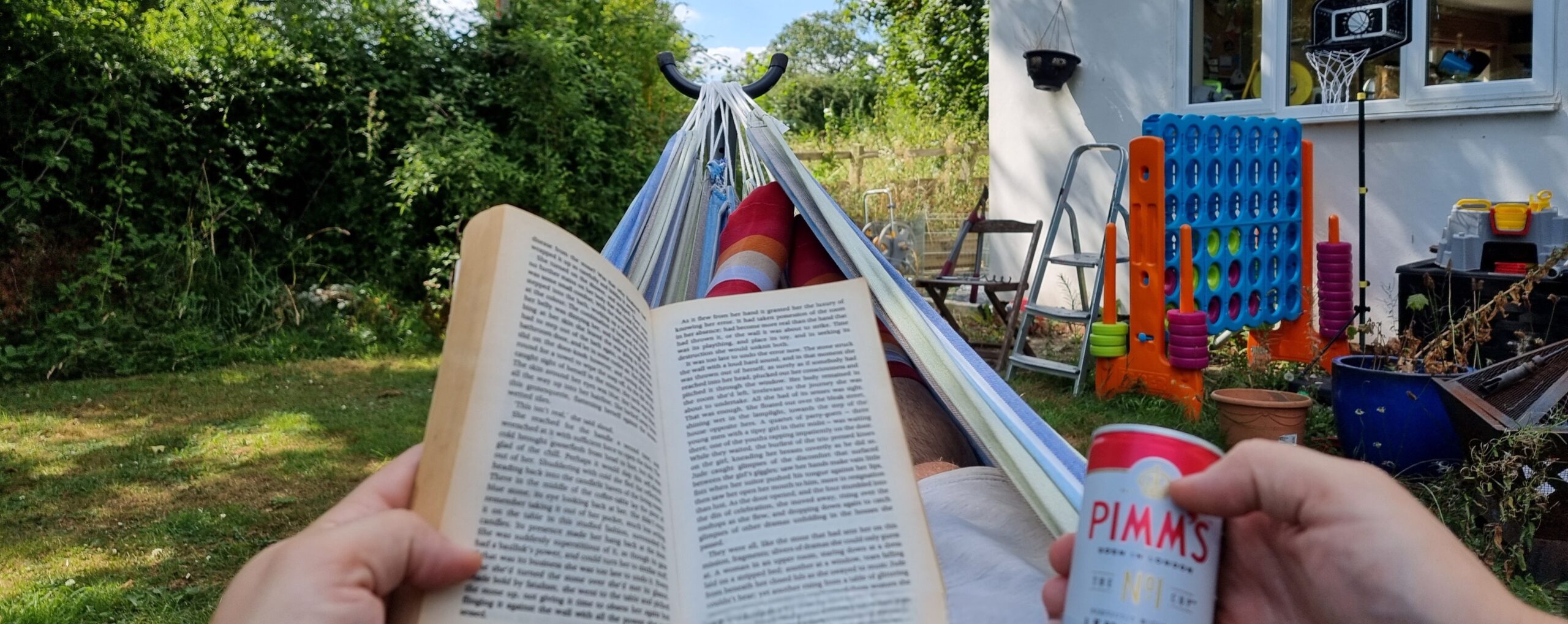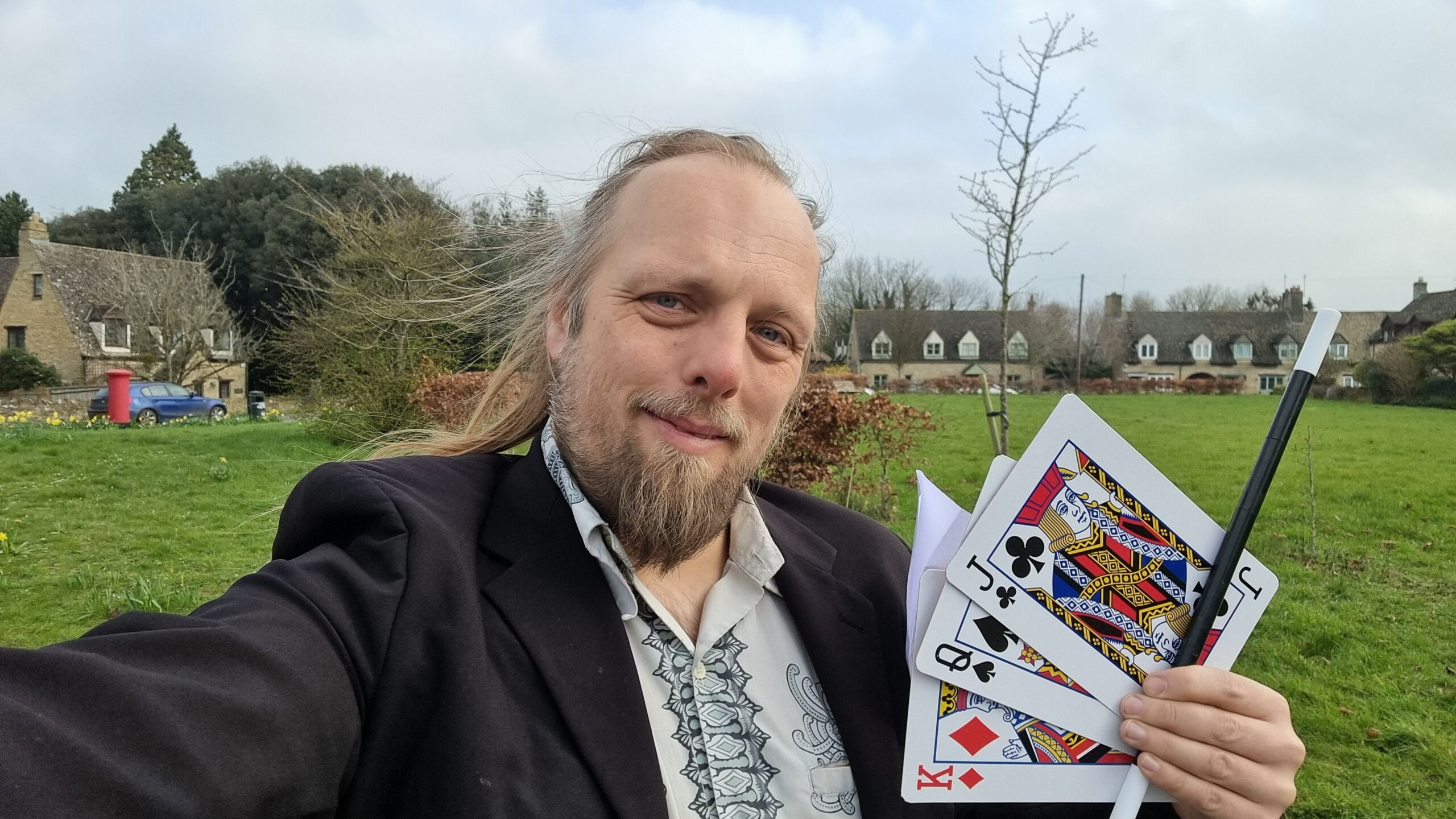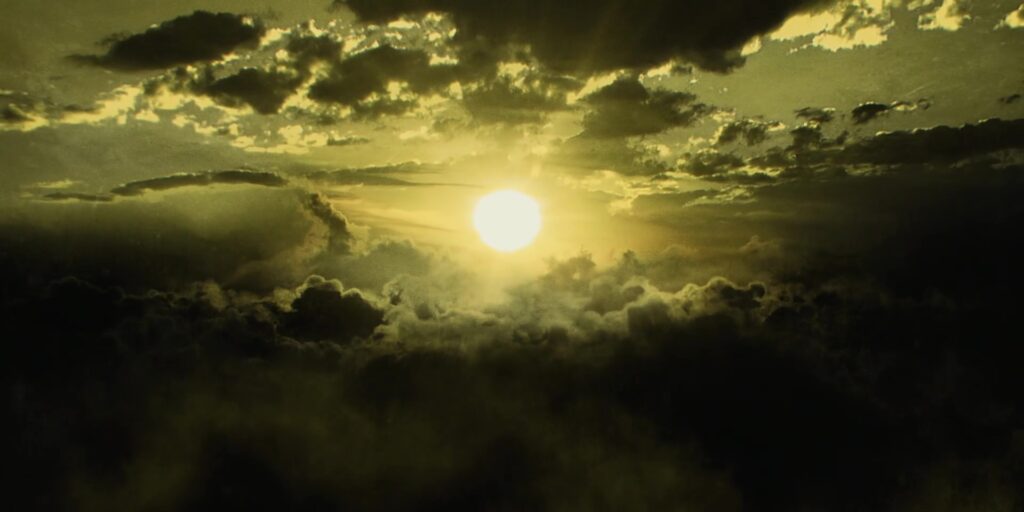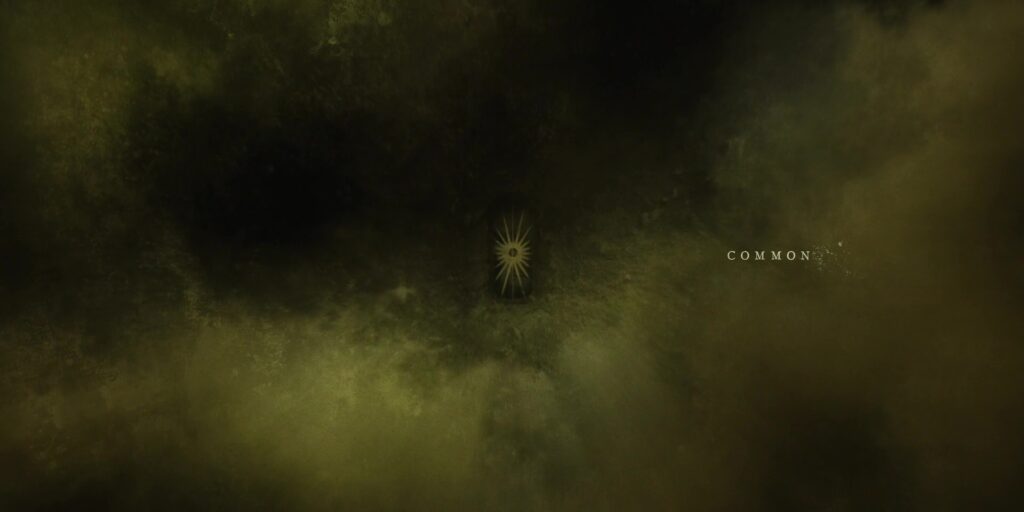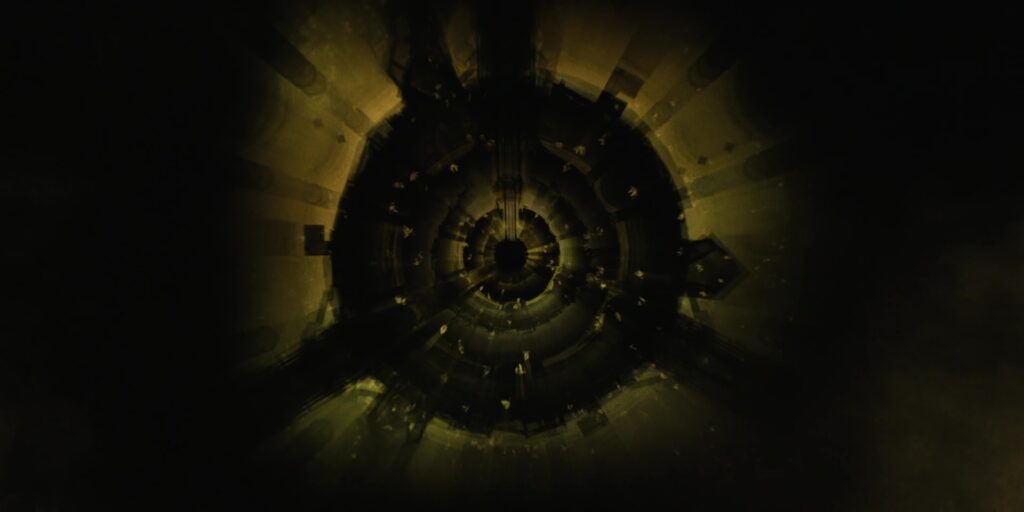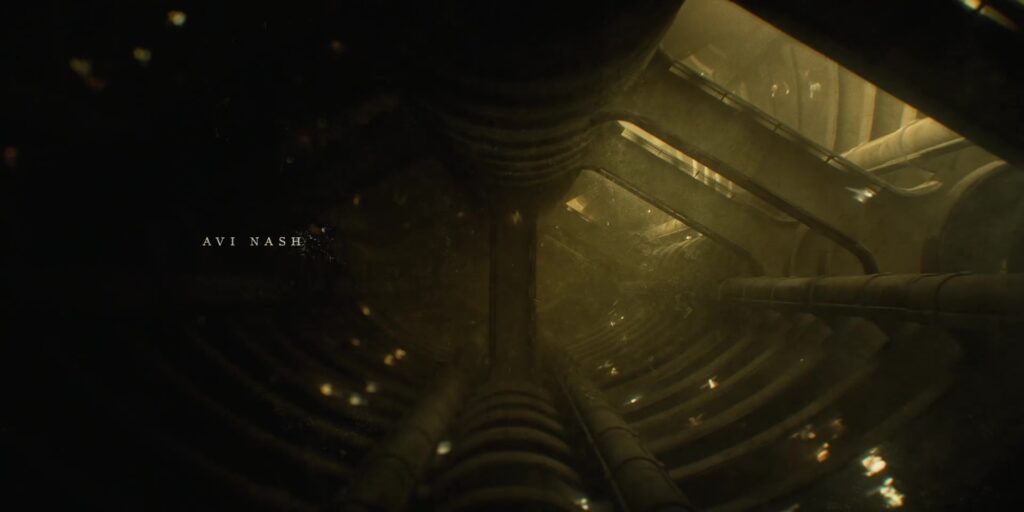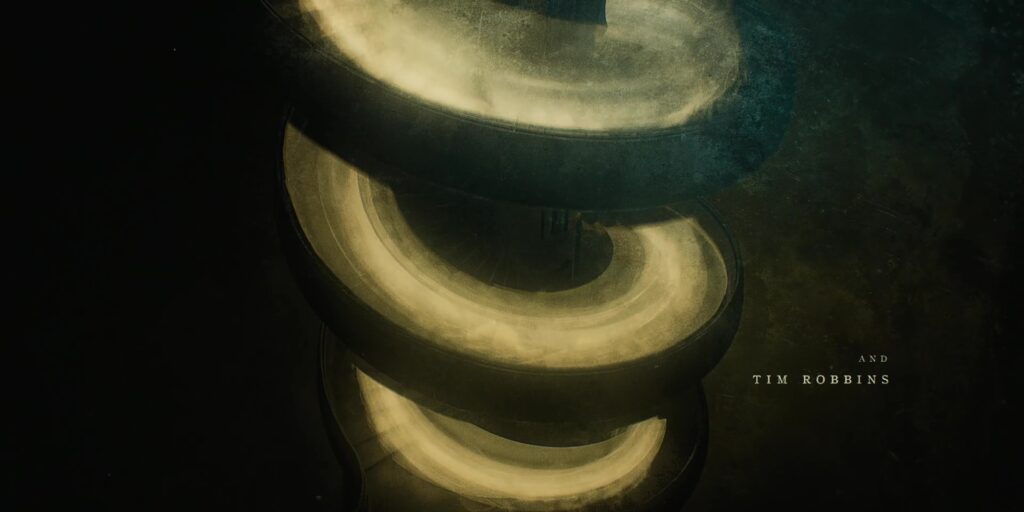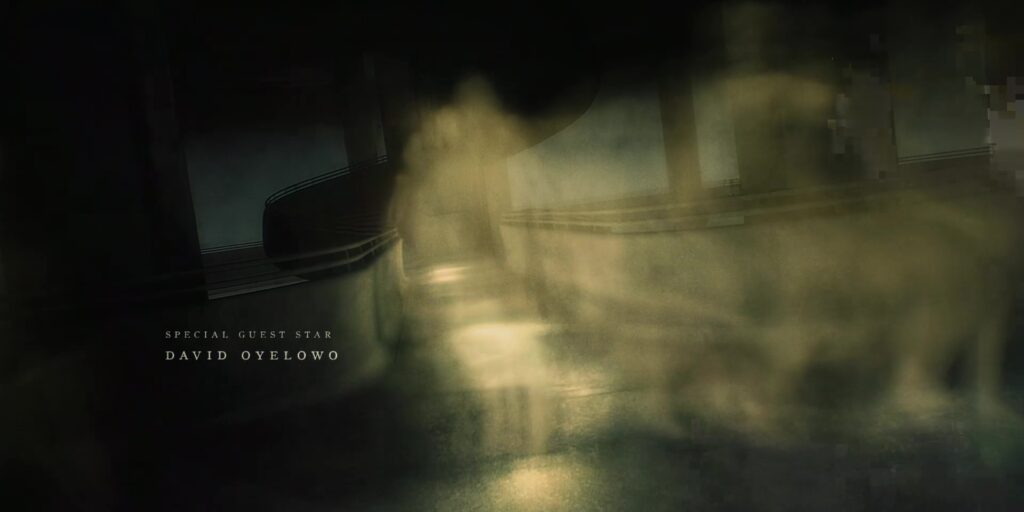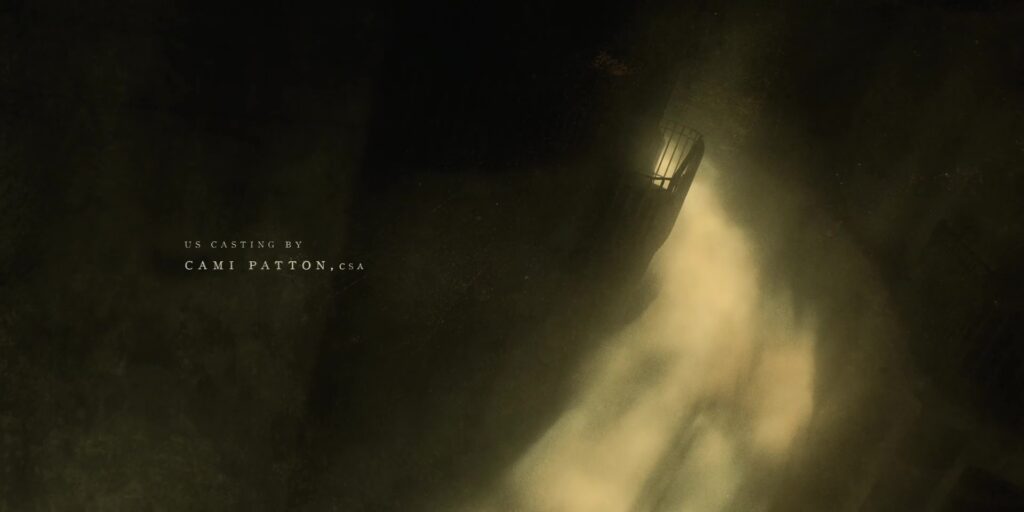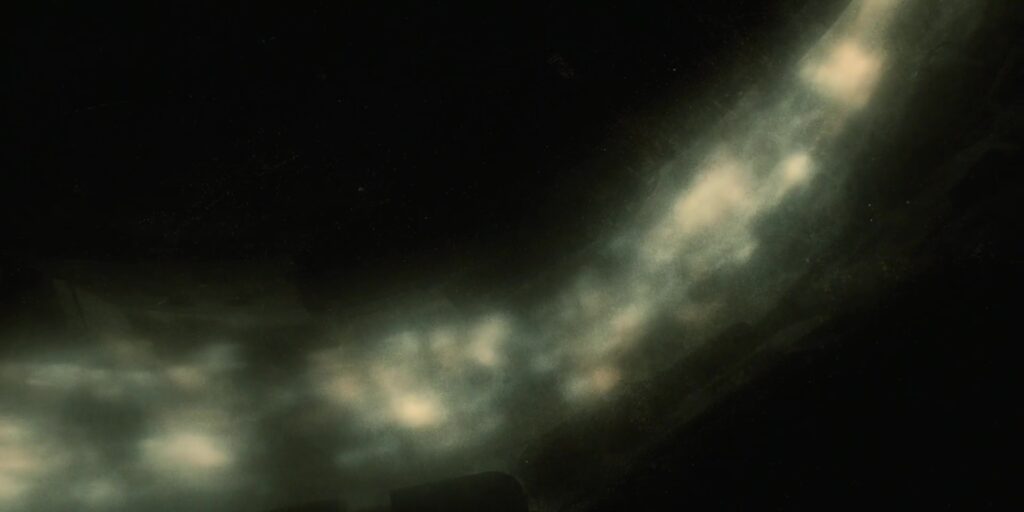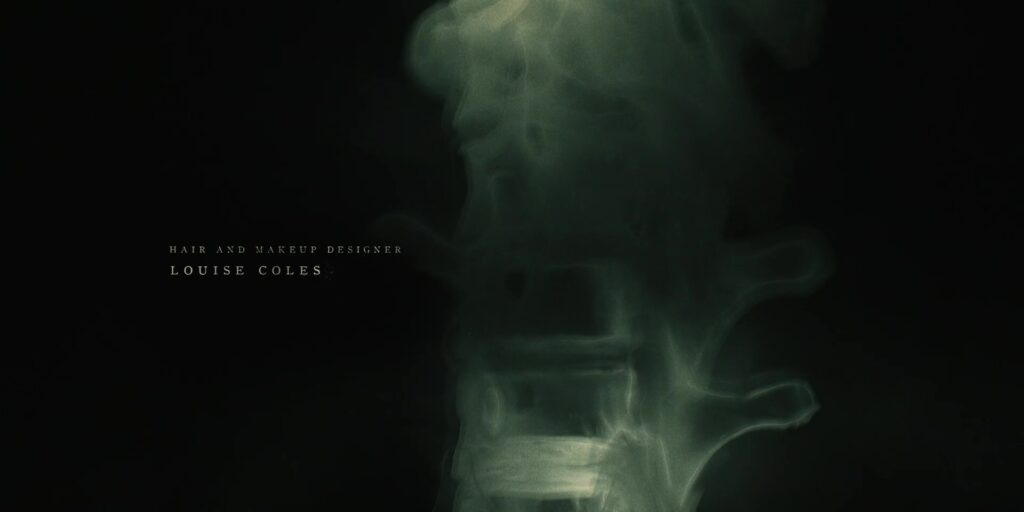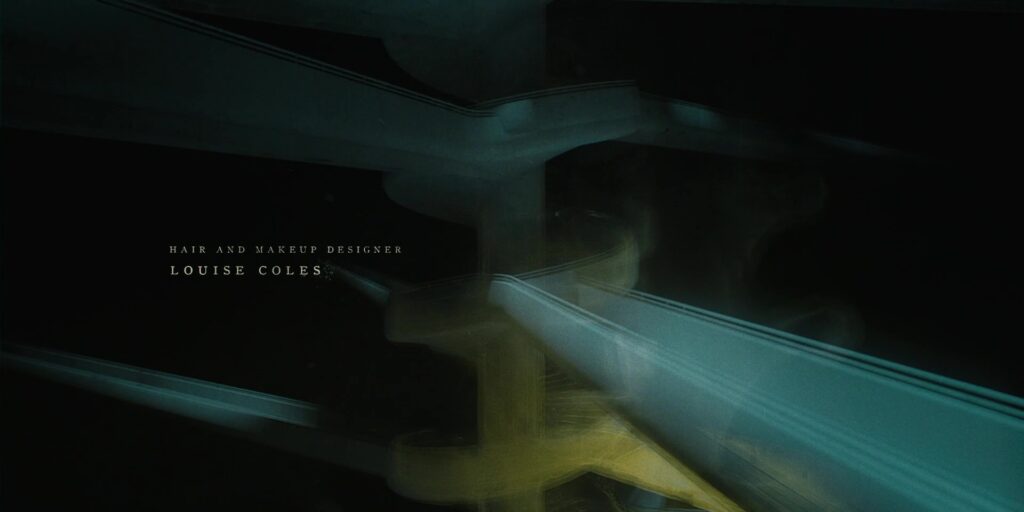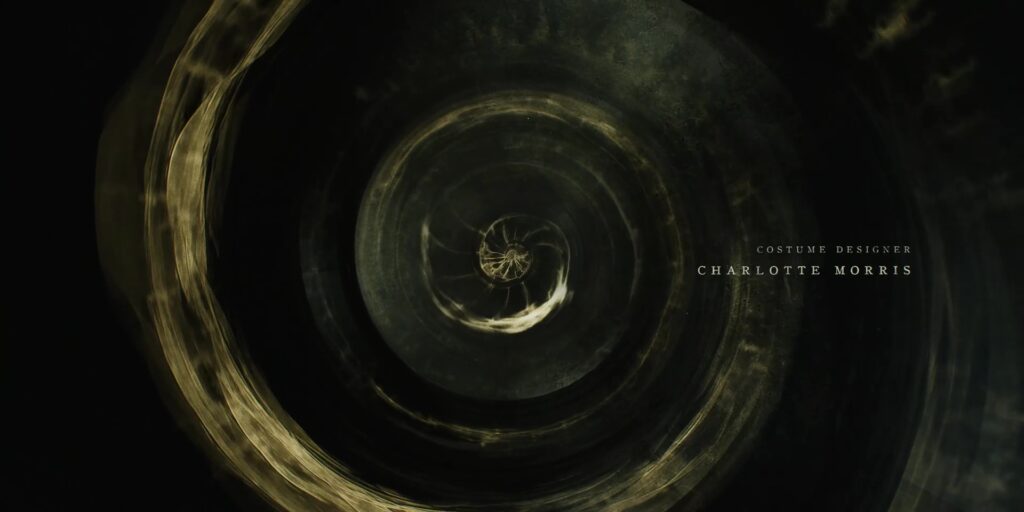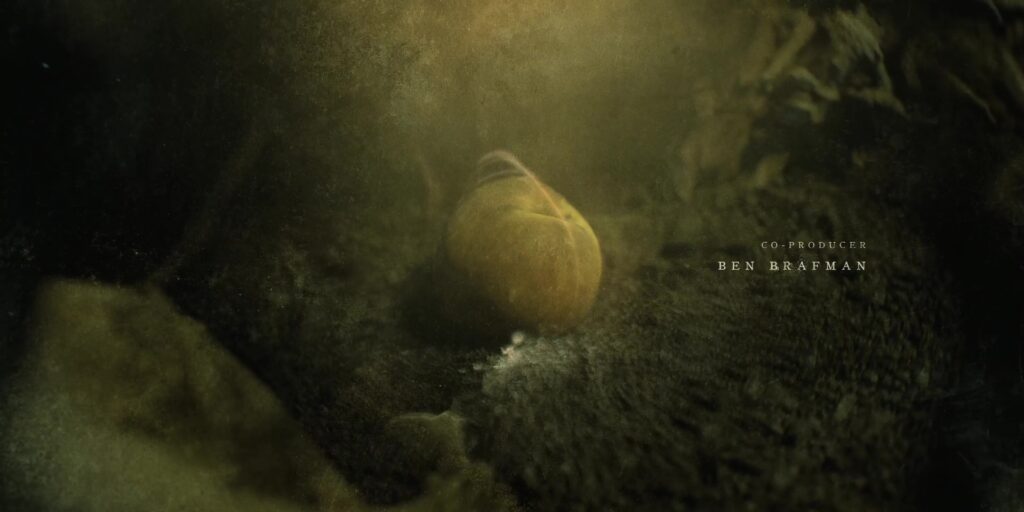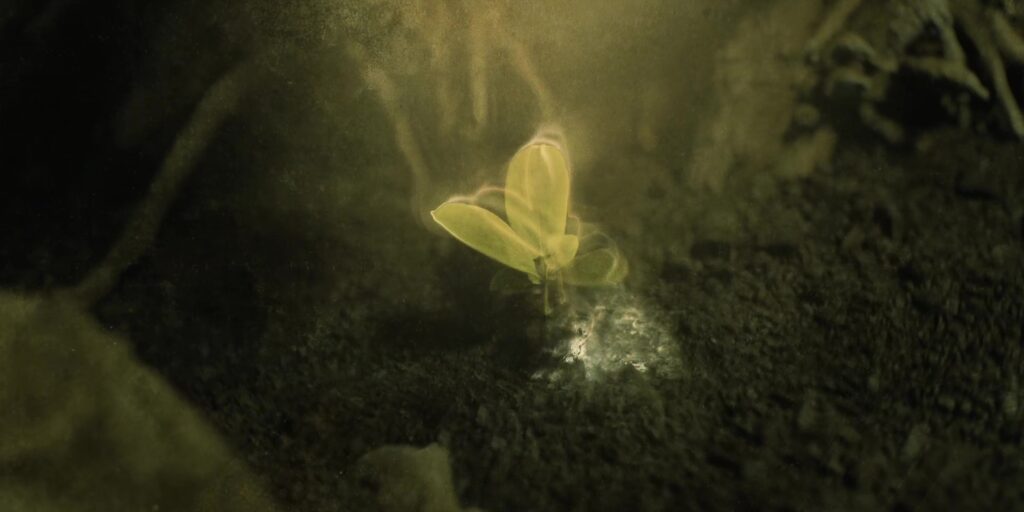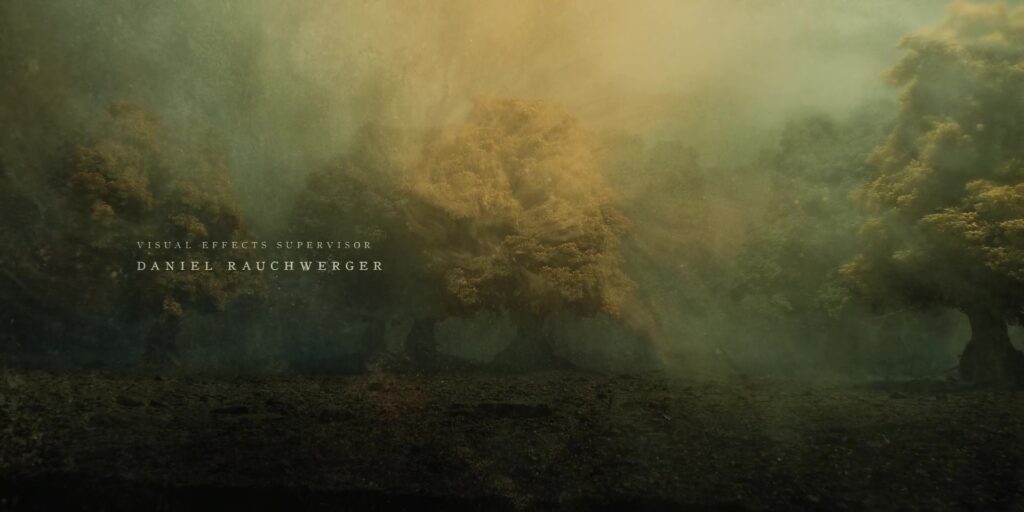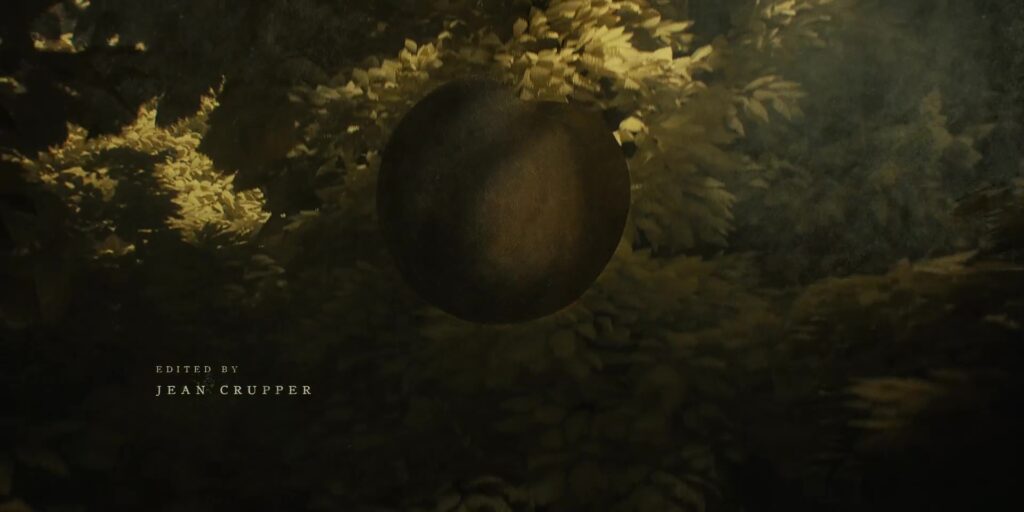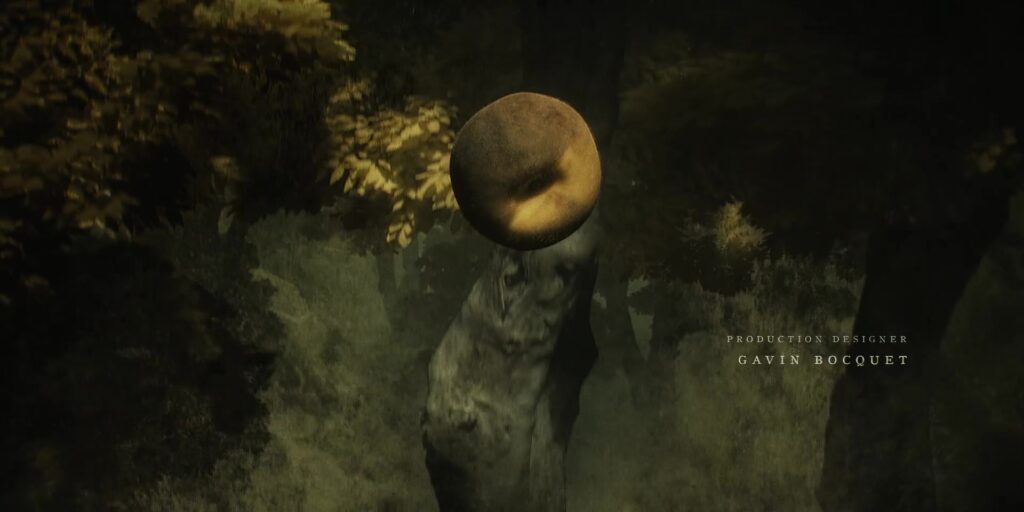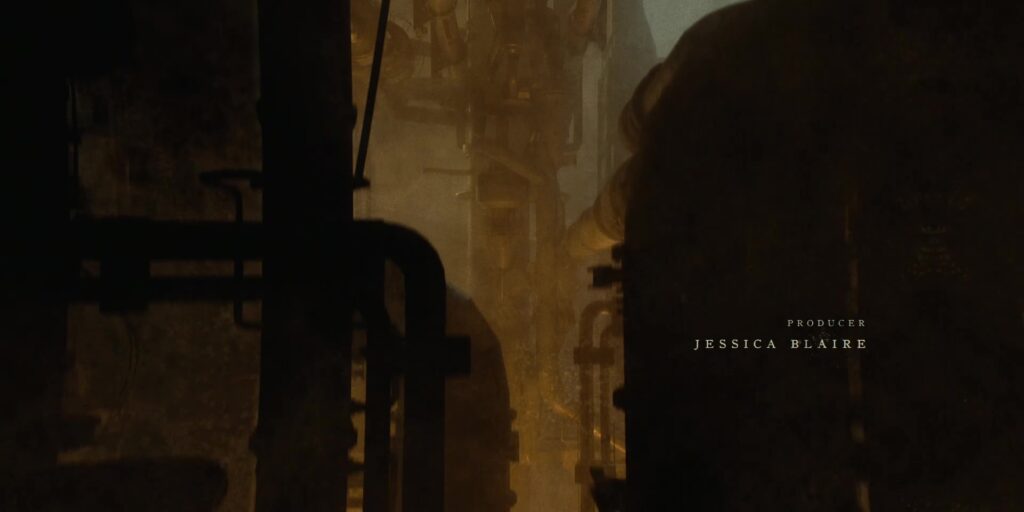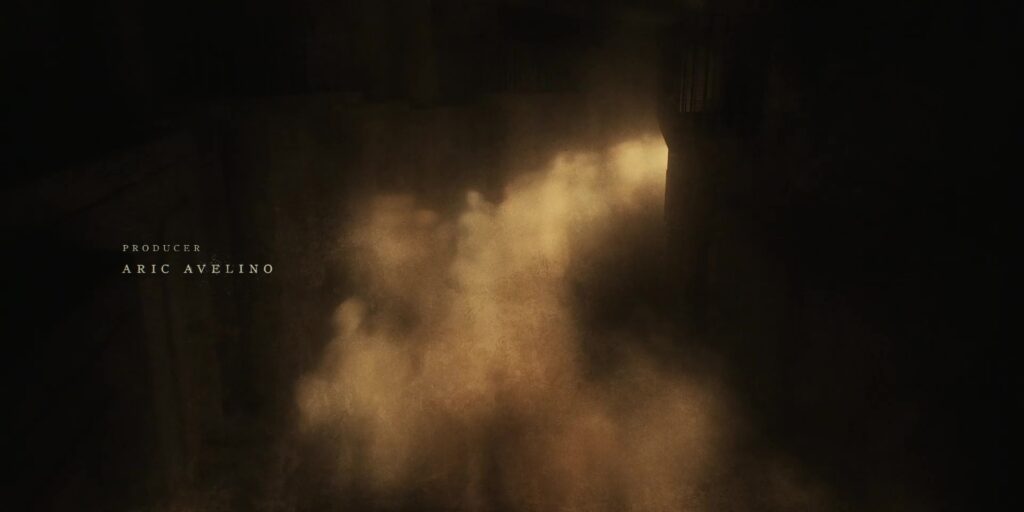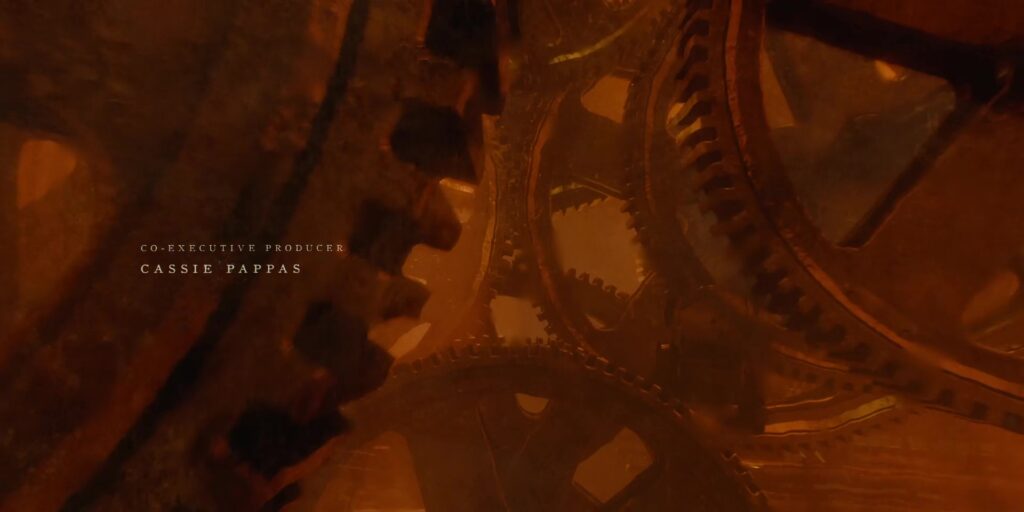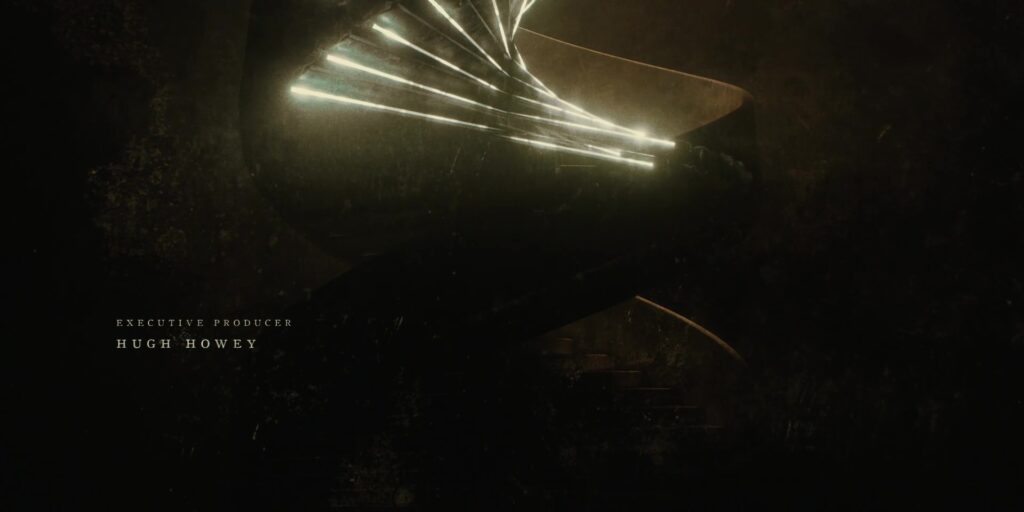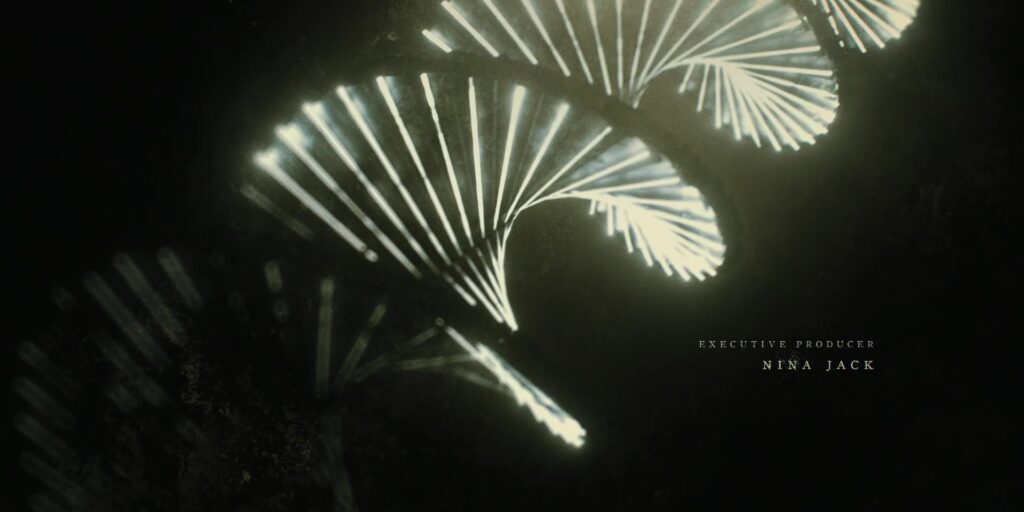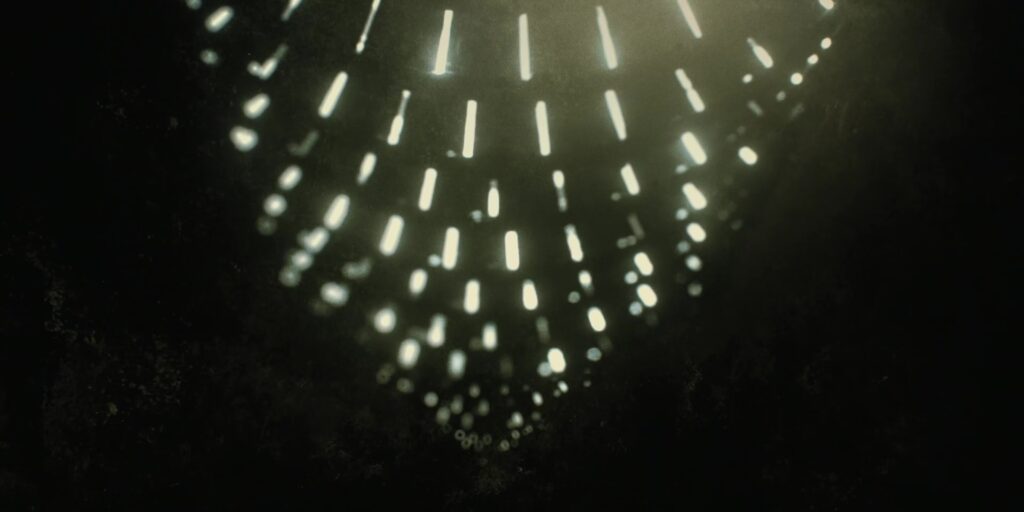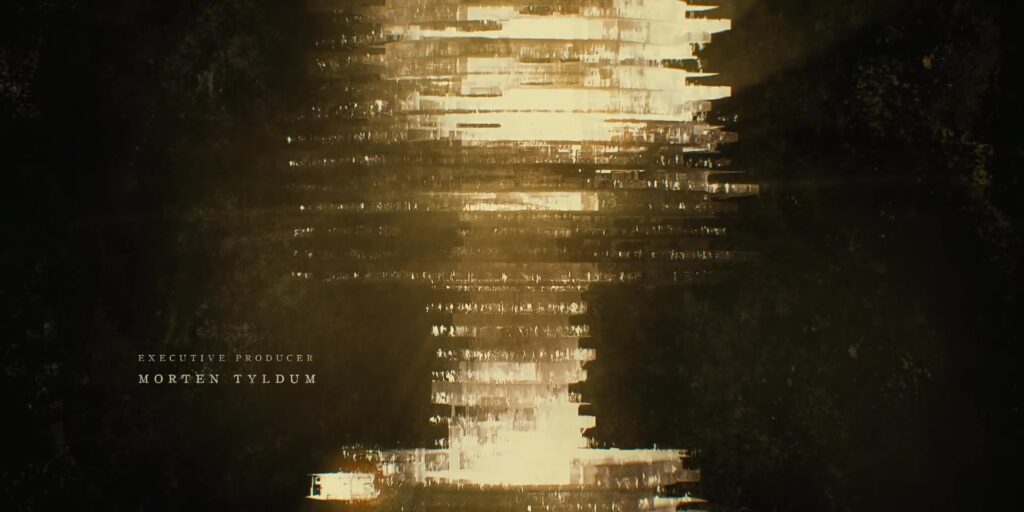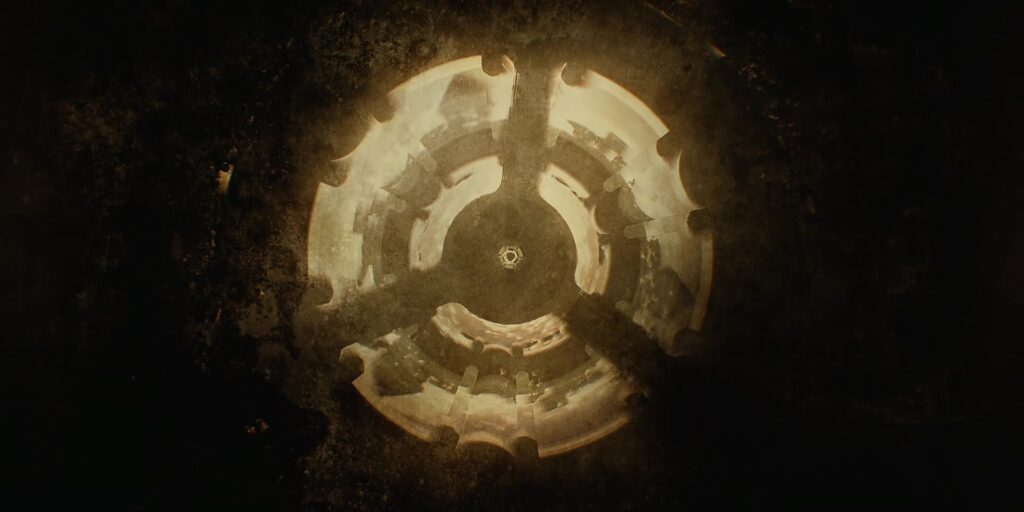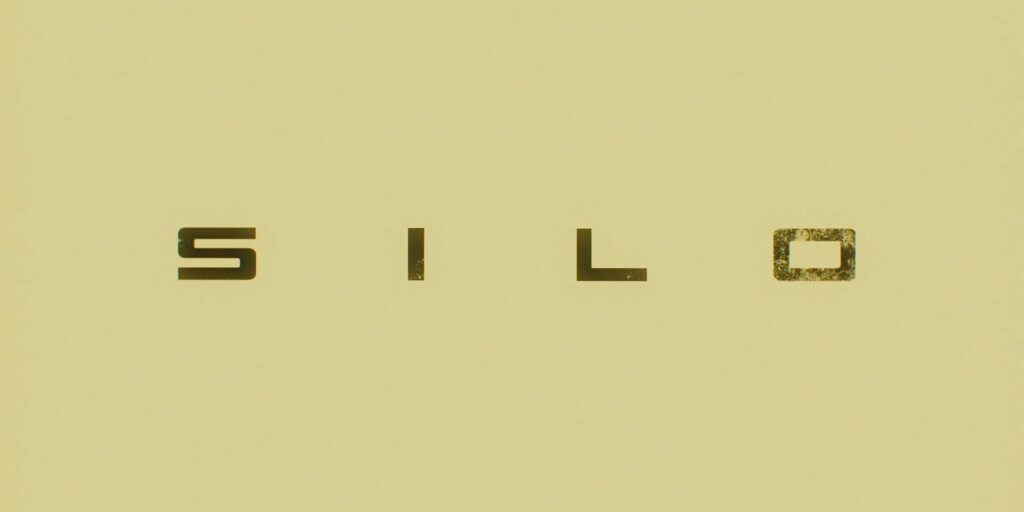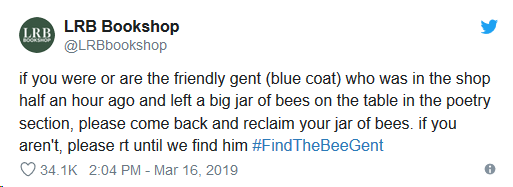Tag: books
Magical
For World Book Day (which here in the UK is marked a month earlier than the rest of the world) the kids’ school invited people to come “dressed as a word”.
As usual, the kids and teachers participated along with only around two other adults. But of course I was one of them.
This year, I was “magical”.
Where?
[Bloganuary] Reading List
This post is part of my attempt at Bloganuary 2024. Today’s prompt is:
What books do you want to read?
Well, I probably ought to start with my backlog! Between our traditional Family Christmas Book Exchange and my birthday, it’s pretty common for me to have a lot of books on the “next to read” pile on my bedside table, this time of year1.
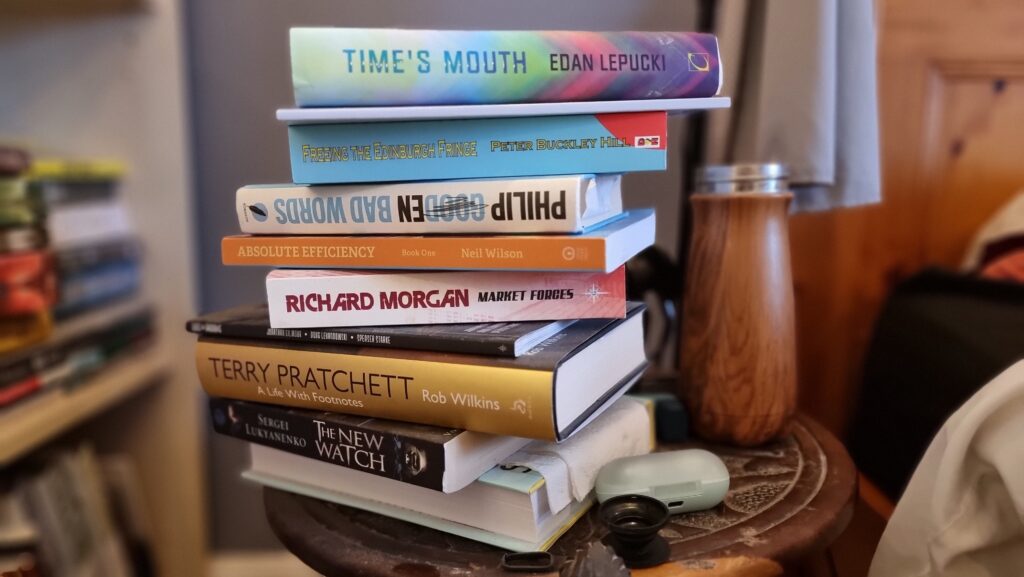
Aside from that: a book that I’d really like to re-read2 is Antkind by Charlie Kaufman.
Antkind is quite something. Here’s a synopsis: film critic “B.”, its protagonist, discovers an independent filmmaker who’s spent literally his entire life producing a film with a three-month runtime. The filmmaker agrees to show it to B., but only if thon3 watches it in a single sitting: the film is scripted to provide opportunities for breaks for sleep, toilet trips, eating and so on. B. watches it and discovers to be a masterpiece and the most impressive piece of art thon has even seen.
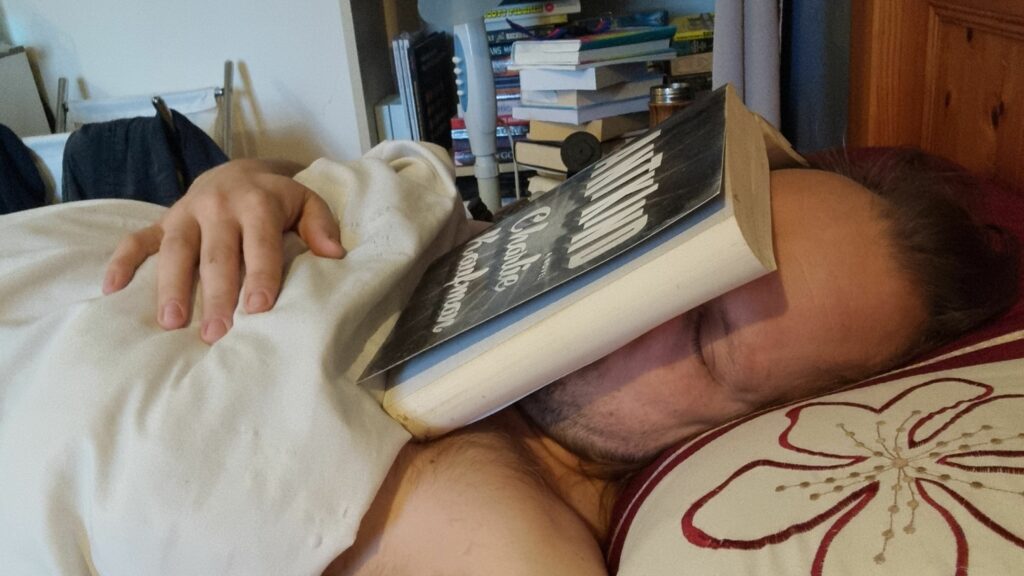
Despite the arduous effort required to watch the film, B. decides that it’s a sufficiently important and significant piece of work, with great artistic merit, that it needs to be seen by the world!
Thon takes the print for distribution… and then promptly loses the entire thing in a fire. All but one frame, with which – with the addition of thon’s own memories of their single viewing of the movie – B. attempts to reconstruct and recreate. The process drives thon somewhat insane, and the story begins (continues?) to be told by an delusional and unreliable narrator in a an increasingly surreal-to-the-point-of-absurdity setting.
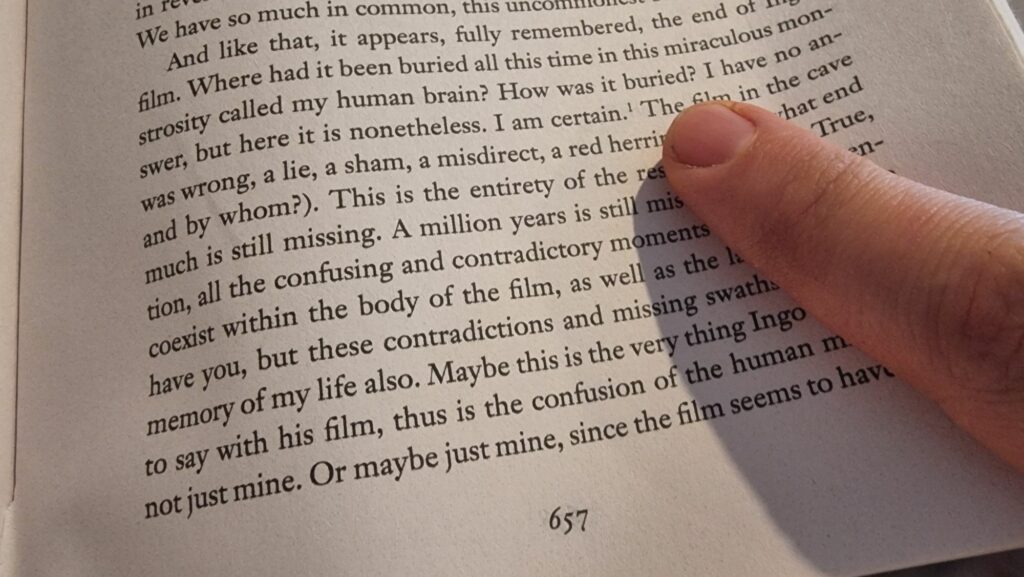
I remember getting to the bit set in the far future, where there’s a war between the employees of a fast-food chain and an endlessly replicating army of robot replicas of Donald Trump… and as I reached that part of the story I thought to myself… wait, how did I get here? Every step along the way felt like it was part of the same narrative, but if you compare what’s happening right now to what happened at the start of the story then you wouldn’t believe for a moment that they were in the same book.
It’s truly bizarre and I’m looking forward to my re-read of it4… just as soon as I can face lugging the mammoth tome off the shelf.
In other news: after doing Bloganuary for 27 straight days, this is now my longest consecutive daily streak of blogging, beating a 24-year-old record streak from late 1999! Hurrah!
Footnotes
1 Gotta admit, this was a convenient blog post to be writing from bed during a Saturday morning lie-in.
2 I keep promising myself I’ll re-read Antkind some day, and possibly blog more-deeply about my thoughts on it, but it’s been sitting on my bookshelf gathering dust since I first read it, shortly after its release. It’s too heavy to comfortably read in bed, is part of the problem! Maybe I could get the ebook version…
3 B. uses thon/thons/thonself pronouns.
4 But I’ll probably stop at reading it twice, unlike the protagonist who would, based on thon’s description of their usual film review process, read it seven times in several different ways (forward, backward, etc.).
[Bloganuary] Traditions
This post is part of my attempt at Bloganuary 2024. Today’s prompt is:
Write about a few of your favourite family traditions.
We’ve got a wonderful diversity of family traditions. This by virtue, perhaps, of us being a three-parent family, and so bringing 50% more different traditions and 100% less decisiveness over which to accept than a traditional two-parent family. Or it might reflect our outlook and willingness to evaluate and try new things: to experiment and adopt what works. Or perhaps we just like to be just-barely on this side of the line across the the quirky/eccentric scale1.
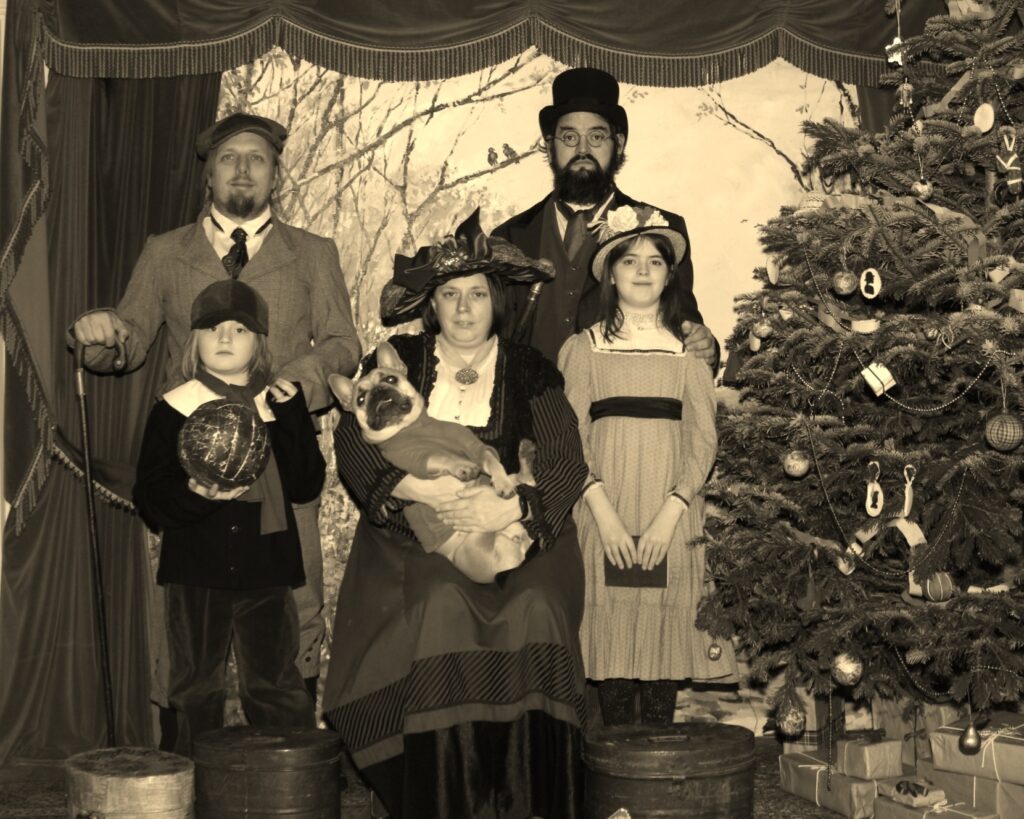
But there are plenty of other traditions we’ve inherited or created, such as:
- Pancake Brunch Sundays sort-of evolved out of a fried Sunday breakfast that used to be a household tradition many years ago. If you come visit us for a weekend you’ll find you’re served pancakes (or possibly waffles) with a mixture of traditional toppings plus, usually, a weekly “feature flavour” around midday on Sunday. For no reason now other than it’s just what we do.
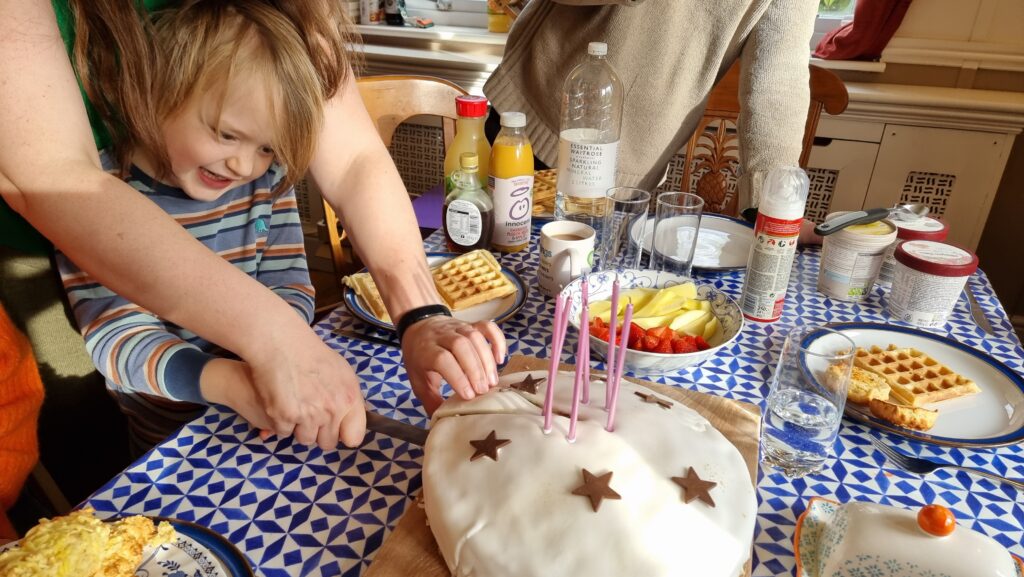
- Family Day is an annual event, marked on or near 3 July each year, with gifts for children and possibly an outing or trip away for everybody to enjoy. It celebrates the fact that we get to be a family together, despite forces outside of our control trying to conspire to prevent it.2
- Family Film Night takes place most months: in rotation, the five of us take turns to nominate a film or two that we’ll all watch together along with snacks and sweet treats. It might be seen as a continuation of the pre-children tradition of Troma Night from back in the day, except that we don’t go out of our way to deliberately watch terrible films: now that happens just as a result of good or bad fortune! We also periodically schedule a Family Board Games Night, and a Family Videogames Night.
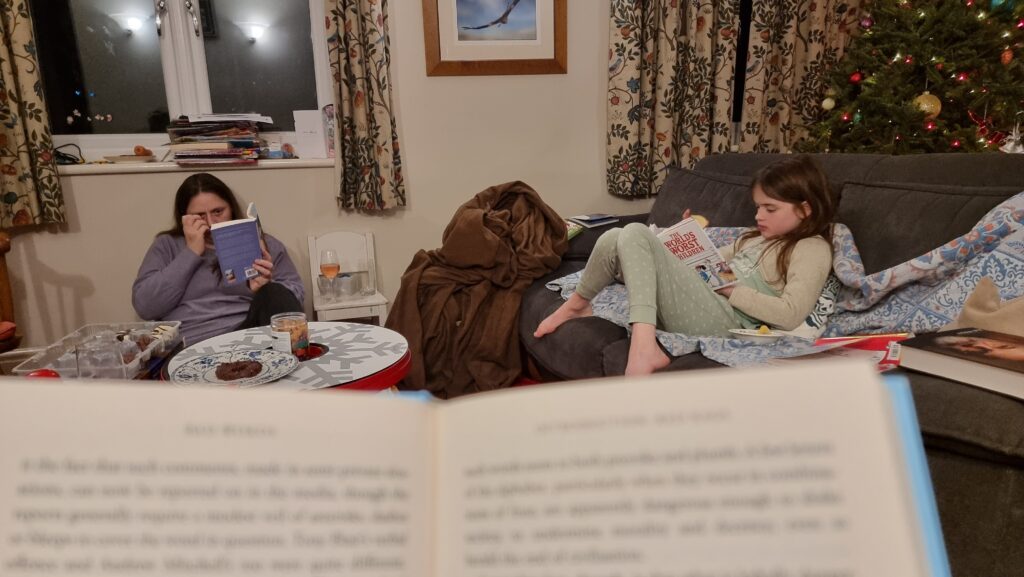
- Christmas Eve Books: a tradition we stole from Iceland is that we give books on Christmas Eve. Adults in our household now don’t really get Christmas gifts, but everybody present is encouraged to exchange books on Christmas eve and then sit up late reading together, often with gingerbread, chocolate, and/or a pan of mulled wine keeping warm on the stove. I find it a fun way to keep my reading list stocked early in the year, plus it encourages the kids to read3
- Festive meals, while I’m thinking about that end of the year, are pretty-well established. Christmas Eve is all about roast duck pancakes. Christmas Day sees me roast a goose. New Years’ Eve is for fondue. Plus vegetarian (and sometimes vegan) alternatives to the otherwise-unsuitable things, of course.
I’m certain there must be more, but the thing with family traditions is they become part of the everyday tapestry of your life after a while. Eventually traditions become hard to see them because they’re always there. I’m sure there are more “everyday rituals” that we’ve taken on that are noteworthy or interesting to outsiders but which to us are so mundane as to be unworthy of mention!
But every single one of these is something special to us. They’re an element of structure for the kids and a signifier of community to all of us. They’re routines that we’ve taken on and made “ours” as part of our collective identity as a family. And that’s just great.
Footnotes
1 Determining which side of the line I mean is left as an exercise to the reader.
2 It’s been what…? 6½ years…? And I’m still not ready even emotionally to blog about the challenges we faced, so maybe I never will. So if you missed that chapter of our lives, suffice to say: for a while, it looked like we might not get to continue being a family, and over the course of one exceptionally-difficult year it took incredible effort, resolve, sleepless nights, supportive families, and (when it came down to brass tacks) enough money and lawyers to seek justice… in order to ensure that we got to continue to be. About which we’re all amazingly grateful, and so we celebrate it.
3 Not that they need any help with that, little bookworms that they are.
[Bloganuary] Live Long and Prosper
This post is part of my attempt at Bloganuary 2024. Today’s prompt is:
What are your thoughts on the concept of living a very long life?
Today’s my 43rd birthday. Based on the current best statistics available for my age and country, I might expect to live about the same amount of time again: I’m literally about half-way through my anticipated life, today.1
Naturally, that’s the kind of shocking revelation that can make a person wish for an extended lifespan. Especially if, y’know, you read Andrew’s book on the subject and figured that, excitingly, we’re on the cusp of some meaningful life extension technologies!
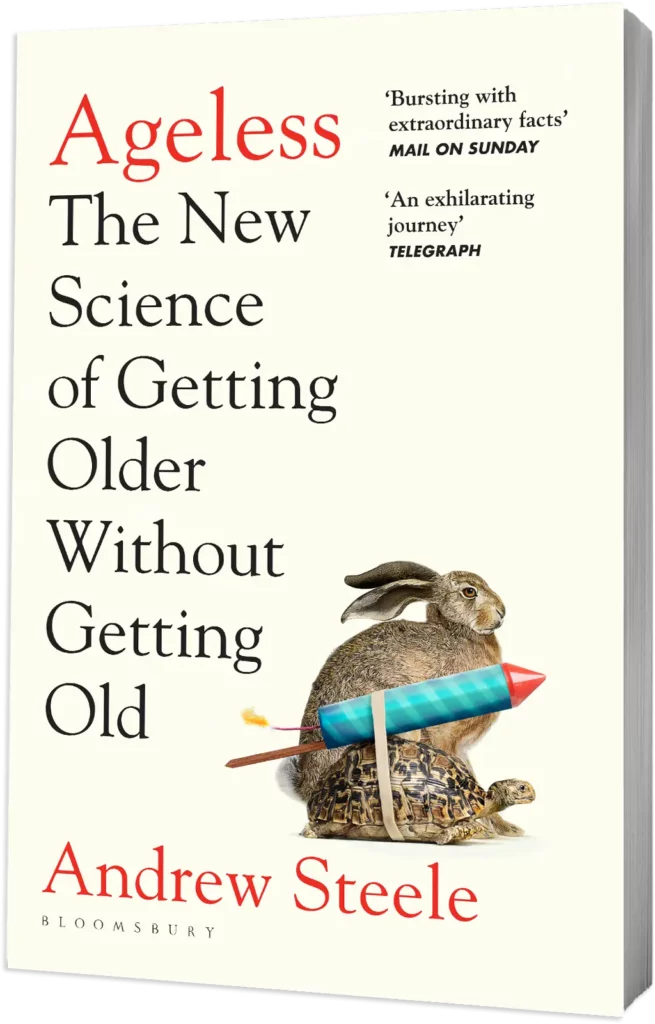
My very first thought when I read Andrew’s thoughts on lifespan extension was exactly the kind of knee-jerk panic response he tries to assuage with his free bonus chapter. He spends a while explaining how he’s not just talking about expending lifespan but healthspan, and so the need healthcare resources that are used to treat those in old-age wouldn’t increase dramatically as a result of lifespan increase, but that’s not the bit that worries me. My concern is that lifespan extension technologies will be unevenly distributed, and the (richer) societies that get them first are those same societies whose (richer) lifestyle has the greater negative impact on the Earth’s capacity to support human life.2
Andrew anticipates this concern and does some back-of-napkin maths to suggest that the increase in population doesn’t make too big an impact:
In this ‘worst’ case, the population in 2050 would be 11.3 billion—16% larger than had we not defeated ageing.
Is that a lot? I don’t think so—I’d happily work 16% harder to solve environmental problems if it meant no more suffering from old age.
This seems to me to be overly-optimistic:
- The Earth doesn’t care whether or not you’re happy to work 16% harder to solve environmental problems if that extra effort isn’t possible (there’s necessarily an upper limit to how much change we can actually effect).
- 16% extra population = 16% extra “work” to save them implies a linear relationship between the two that simply doesn’t exist.
- And that you’re willing to give 16% more doesn’t matter a jot if most of the richest people on the planet don’t share that ideal.
Fortunately, I’m reassured by the fact that – as Andrew points out – change is unlikely to happen fast. That means that the existing existential threat of climate change remains a bigger and more-significant issue than potential future overpopulation does!
In short: while I’m hoping I’ll live happily and healthily to say 120, I don’t think I’m ready for the rest of the world to all suddenly start doing so too! But I think there are bigger worries in the meantime. I don’t fancy my chances of living long enough to find out.
Gosh, that’s a gloomy note for a birthday, isn’t it? I’d better get up and go do something cheerier to mark the day!

Footnotes
1 Assuming I don’t die of something before them, of course. Falling off a cliff isn’t a heritable condition, is it? ‘Cos there’s a family history of it, and I’ve always found myself affected by the influence of gravity, which I believe might be a precursor to falling off things.
2 Fun fact: just last month I threw together a little JavaScript simulator to illustrate how even with no population growth (a “replacement rate” of one child per adult) a population grows while its life expectancy grows, which some people find unintuitive.
Incredible Doom
I just finished reading Incredible Doom volumes 1 and 2, by Matthew Bogart and Jesse Holden, and man… that was a heartwarming and nostalgic tale!
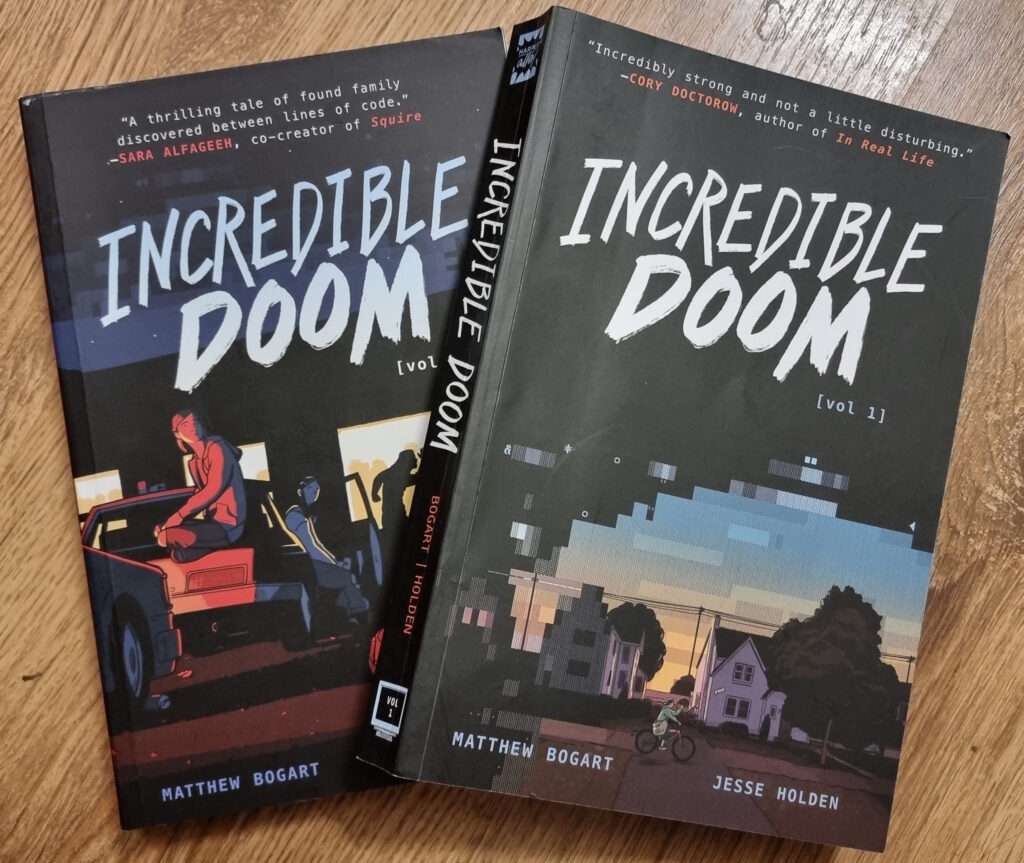
Set in the early-to-mid-1990s world in which the BBS is still alive and kicking, and the Internet’s gaining traction but still lacks the “killer app” that will someday be the Web (which is still new and not widely-available), the story follows a handful of teenagers trying to find their place in the world. Meeting one another in the 90s explosion of cyberspace, they find online communities that provide connections that they’re unable to make out in meatspace.

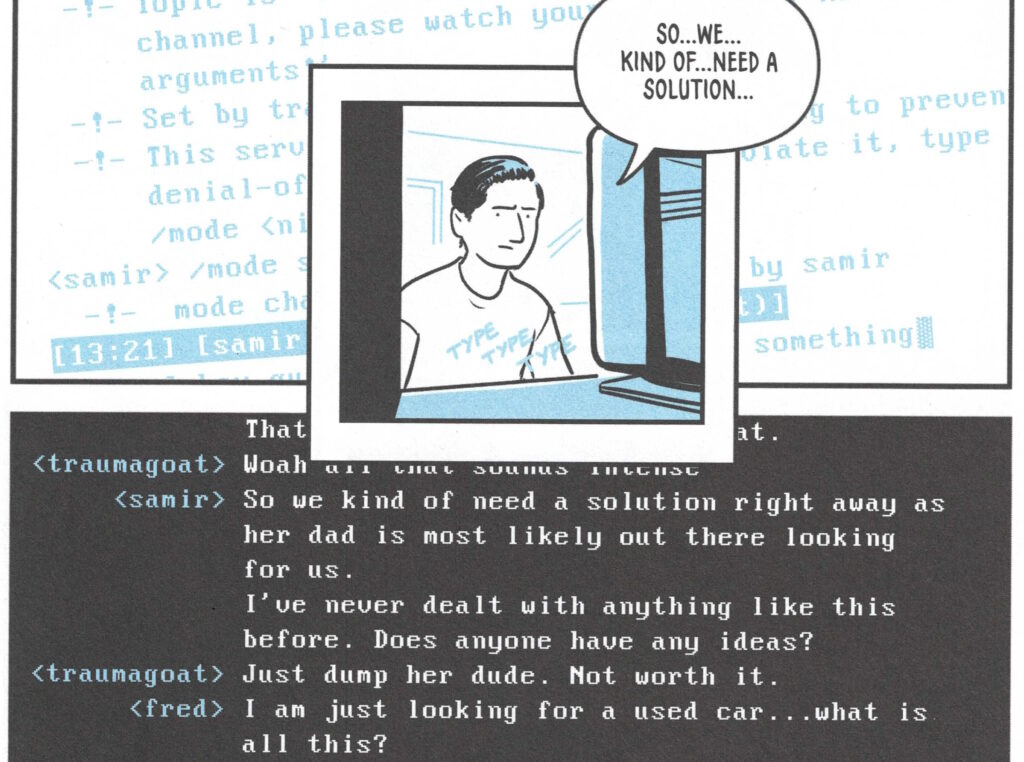
It touches on experiences of 90s cyberspace that, for many of us, were very definitely real. And while my online “scene” at around the time that the story is set might have been different from that of the protagonists, there’s enough of an overlap that it felt startlingly real and believable. The online world in which I – like the characters in the story – hung out… but which occupied a strange limbo-space: both anonymous and separate from the real world but also interpersonal and authentic; a frontier in which we were still working out the rules but within which we still found common bonds and ideals.

Anyway, this is all a long-winded way of saying that Incredible Doom is a lot of fun and if it sounds like your cup of tea, you should read it.
Also: shortly after putting the second volume down, I ended up updating my Geek Code for the first time in… ooh, well over a decade. The standards have moved on a little (not entirely in a good way, I feel; also they’ve diverged somewhat), but here’s my attempt:
----- BEGIN GEEK CODE VERSION 6.0 ----- GCS^$/SS^/FS^>AT A++ B+:+:_:+:_ C-(--) D:+ CM+++ MW+++>++ ULD++ MC+ LRu+>++/js+/php+/sql+/bash/go/j/P/py-/!vb PGP++ G:Dan-Q E H+ PS++ PE++ TBG/FF+/RM+ RPG++ BK+>++ K!D/X+ R@ he/him! ----- END GEEK CODE VERSION 6.0 -----
Footnotes
1 I was amazed to discover that I could still remember most of my Geek Code syntax and only had to look up a few components to refresh my memory.
Batman’s World
I do not claim to have a good explanation nor excuse. See also this terrible idea from 21 years ago.
How cool are Silo’s credits?
I’ve long been a fan of Hugh Howey‘s Wool series of books (especially the first and third; the second’s a bit weaker); in fact I’ve been enjoying re-reading them as a bedtime story for our eldest!1
Naturally, when I heard that it would become a TV series I was really excited! I’m enjoying the series so far, especially thanks to its epic casting. It diverges a lot from the books – sometimes in ways I love, sometimes in ways that confuse me – but that’s not what I wanted to talk about. I wanted to share how cool the opening credits sequence is!
Spoiler warning: even if you’re following the TV series there are likely to be major spoilers below based on my recollection of the books!
We open on the sun shining above a thick layer of all-obscuring clouds, tinted sickly yellow like poison gas, then descend into the darkness below. This hints at the uninhabitability of the world above, foreshadows Lukas stargazing through gaps in the clouds2, and foreshadows revelations about the argon gas used to flush the airlocks. The descent feels representative of humanity’s migration from the sunlit surface to the underground silos.
Looking down, we see the silo from above in a desolate landscape, introducing the world and its setting. The area around it is shrouded and hostile, reflecting the residents’ view of the outside world as unsurvivable, but also masking our view of the other nearby silos that we might otherwise be able to see.
Descending “into” this representation of the silo, we get a view for only a split second that looks distinctly like the platter and spindle of a magnetic hard disk drive, broken-up as if to represent corruption. This reflects a number of major plot points in the first season relating to the destruction and recovery of secret information from ancient storage devices.
Truly within the silo now, we see the spokes of landings radiating out from the great stairwell. The shape is reminiscient of a cog: a motif we’ll return to later. Humanoid shapes made of light, like you get in a long exposure, move around, giving both the idea of a surveillance state, and setting us up to think of all such “glowing spots” as people (relevant later in the credits).
A representation of the stairwell itself appears, with a lit gaseous substance whipping up and down it. Given that we’ve just been shown that this kind of “light” represents people, it’s easy to see this as showing us the traffic that grinds up and down the silo, but it also feels like looking at part of a great machine, pumping gas through a condenser: notice that there’s no landings any more: this is all about the never-ending traffic.
A landing appears, and the gaseous forms are now more-clearly humanoid, almost as if they’re ghosts (perhaps pointing to the number of generations who’ve lived before, in this place, or else a reference to Juliette’s investigation into the lives of those who lived before her).
More swirling gas-people, this time below an empty balconette: perhaps a nod to the source of Juliette’s uncommon name (in the books, it’s taken from Romeo & Juliet, a possibly-illicit copy of which is retained by the silo and performed prior to Juliette’s birth and for at least a short while afterwards: she writes mechanical notes on the back of a playscript), or perhaps a reference to George’s death after “falling” from a balcony.
Seen from a different angle, the colour shifts, and the gas/ghosts become white like the argon spray of the airlock. The people are all part of a machine: a machine that sends people outside to clean and die. But more than that, the blue comes to represent a clean/perfect view of what a silo can be: a blueprint representation of the goals of its creators to shape the inhabitants into their vision of the future:
We refocus on the shape of the silo itself, but just for a split second the view looks more like an x-ray… of a human spine? As if to remind us that it’s people who upload the system of the silo, just as its concrtete uploads its physical structure. Also a reminder that the silo is treated (by those who manage it, both within and beyond it) as an organic thing that can be nurtured, grown, or if necessary killed.
This becomes the structure of the silo, but it almost looks architectural: a “clean” look, devoid of people or signs of life, like a blueprint, perhaps foreshadowing Donald’s role in designing the structures that will eventually become the silos. The “space” between the arms is emphasised, showing how the social system that this structure imposes serves to separate and segregate people: classism is a recurring theme in both the books and the TV series, and it eventually becomes apparent that the silos are specifically organised to reduce communication between interdependent groups.
Returning to the “populated” silo – swirls of gas spiralling away down (or up: it’s no longer clear!), we catch a glimpse of a nautilus shell at the centre. The nautilus is a “living fossil”, a creature from a bygone era that continues to survive in our modern world, which is an excellent metaphor for the population of the dead world who go on living beneath its surface. The nautilus shell is a recurring image within the TV series: Gloria’s visions of the world that came before see her clutching one and tracing its shape, for example.
We cut to what appears to be a seed, representing both the eventual conclusion of the story (Juliette, Charlotte and the Silo 18 survivors’ discovery of the cache of supplies that will allow them to begin rebuilding the world) and also the nature of the silo3. The seed we see initially appears to fail and degrade, becoming nothing at all, before eventually growing into the beginnings of a strong new plant. This could represent the eventual and inevitable collapse of silo 18, among others, but the eventual flourishing of those that survive, or on a broader scale the collapse of modern civilization to be replaced by the silos, or even of the silo system to be replaced with that which follows it after the conclusion of the story. Lots of options!
It’s also possibly a reflection of the harsh and opaque eugenics/population control mechanism imposed by the “lottery”, which becomes a major plot point in the TV series much earlier than in the books.
We cut to trees, thriving despite a yellow fog. The sky can’t be seen, which is a reminder that all of humanity’s resources must now be produced underground (trees are especially rare and prized, leading to a shortage of paper4. It seems to be deliberately left unclear whether the trees we see are on the surface before the fall of humanity, on the surface after the fall, or grown underground.
A fruit falls from the tree, which links back to the seed we saw geminate earlier but also seems likely to be a representation of the concept of original sin. The grand idea of the silos was to create a better world on the other side of a man-made catastrophe, but this idea is inherently flawed because the systems that are constructed by the same people who are complicit in the destruction of the world that came before. The structure that’s put in place through the Pact carries the weight of the sins of its creators: even though the inhabitants of silo 1 ultimately intend to destroy themselves, they’re unable to create a new world that is both better than the one that came before and free from their influence: it’s an impossibility.
It’s also possibly a representation of the religious beliefs of some inhabitants that the creators of the silo should be revered as gods. This was a recurring plot point in the books but has been somewhat muted in the TV series so far.
The metaphor continues when we see that this falling fruit is already beginning to rot, degrading as it tumbles towards the earth. We don’t see it strike the ground: it almost seems to hover in the air, uncertain and undecided, and reflective of the eventual end when the inhabitants of the silos break free from the shackles of the system that’s been constructed for them and can choose their own destiny. Or perhaps we don’t see the collision simply because the camera continues to fall down into the earth and below the surface again?
This time, wer’e very deep: all the way down in the depths of Mechanical, at the bottom of the silo: home to our heroine and source of many aspects of the story. In the centre, a shaft descends, connecting us back to the “spine” of the silo – the great staircase – but it’s harder to see as a wealth of machinery appears to support it, occluding our view. From down here in Mechanical it appears that the machines keep the silo running, whereas further up it looked like humans pumped through it like blood, which reflects Juliette’s disagreements with many of those up-top about their priorities during her time as Sheriff and, later, as Mayor.
We see a cloud of steam, like that used to drive the generator that brings life to the silo, and for a moment it’s impossible to differentiate it from the cloud of people we saw earlier, rushing up and down the stairs. Look closely at the steam, though, and you’ll see that it too contains the ghosts of people.
Deeper still, the cog motif returns and we’re buried in an impossible number of interconnected gears. The machine that they support is impossible to comprehend from within: How big is it? What is it for? Who made it and why?
The final cog mutates into the staircase again, winding away from us and hammering the point home.
The staircase changes again, first becoming an outline of itself (a callback to the “blueprint” design we saw earlier, reminding us that this thing was designed to be like this)…
…but this becomes a double-helix, representing the chaos of life. Again, the metaphor is of a perfect idea constructed to achieve a goal, but the unpredictability of humans leads to a different outcome.
Seen from above, the staircase now looks like an enormous clock, a machine of cogs each turning slower than the one beneath, counting down until the end of the silo experiment in accordance with the whim of its creators. Except, of course, if something were to break this machine.
Seen from the side, the silo is a hive of activity, but the shape the levels form in this depiction are exactly like the rotors of a steam turbine, and this is reflected by an image of steam, almost in the shape of a growing tree – passing behind it in the background. The generator and its rotor blades is a significant early plot point in both the books and the TV series, and the books in particular use engine metaphors to explain Juliette’s interpretation of different situations she finds herself in, even those which are distinctly interpersonal rather than mechanical.
Looking back up the silo, towards the light, we can now see its shape and structure for what it is: just another cog – a part of an even bigger machine that is the whole Operation Fifty silo network. The people are the lifeblood of this machine, but they’re as replaceable and interchangable as any other part.
Finally, we crossfade to the title, looking like a stencil. Each letter is more-degraded than the one before it, representing the impossibility of building a perfect system.
The credits sequence is less than 90 seconds long, but so much is packed into it. It’s just great.
Footnotes
1 We’re into the final act of Dust now and it’s been amazing to experience the characters – loveable and hateable – of the series.
2 Curiously, in the TV series Lukas is only ever seen stargazing on clear nights, which is one of those confusing choices I mentioned. I suspect it’s for aesthetic reasons and to help add some romance to Juliette and Lukas’s courtship.
3 A silo is, of course, a place to store something valuable through the hard times. This is exactly what the silos in this story are for.
4 The shortage of paper shows up many times in the books but is somewhat glossed-over in the TV series. I’m not sure how they’ll reconcile that with the impact of the discovery of the Legacy, later.
Note #21196
I bought Zach Weinersmith‘s Bea Wolf for my kids (9 and 6, the elder of them already a fan of Beowulf). It arrived today, but neither of them have had a chance to because I wouldn’t put it down.
My favourite bit is when Bea and her entourage arrive near Treeheart and the shield-bearer who greets them says “Your leader sparkles with power and also with sparkles.” The line’s brilliant, clever, and accompanies the most badass illustration.
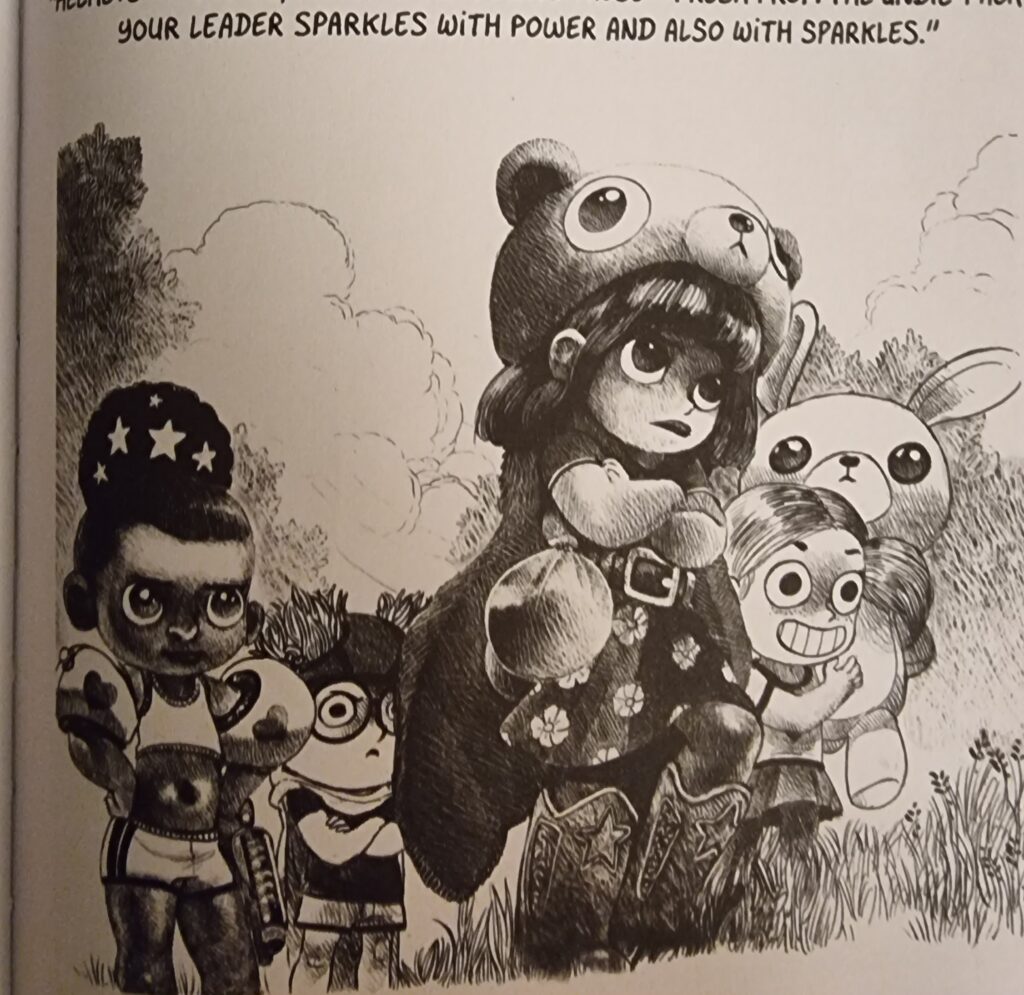
I’ll give it to my kids… eventually. But if you’re looking for a book recommendation in the meantime, this is it.
Spy’s Guidebook Reborn
When I was a kid of about 10, one of my favourite books was Usborne’s Spy’s Guidebook. (I also liked its sister the Detective’s Handbook, but the Spy’s Guidebook always seemed a smidge cooler to me).
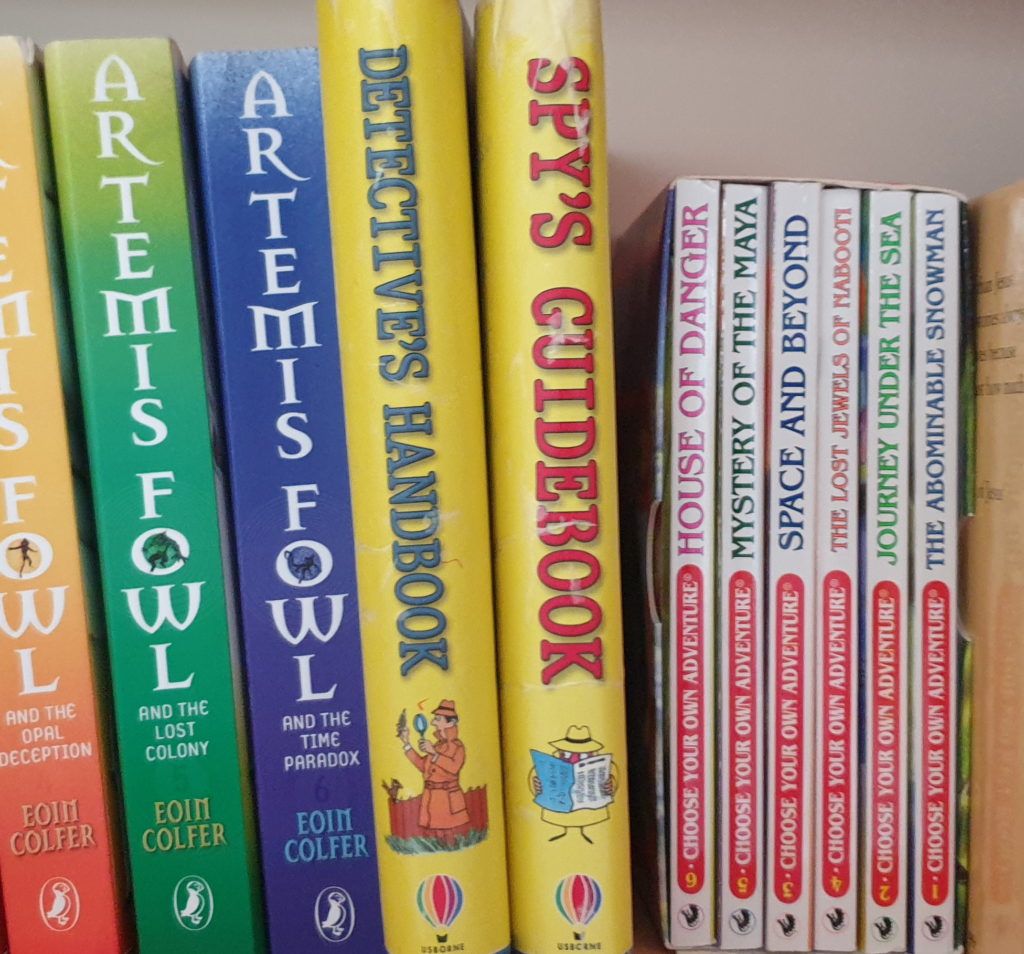
So I was pleased when our eldest, now 7, took an interest in the book too. This morning, for example, she came to breakfast with an encrypted message for me (along with the relevant page in the book that contained the cipher I’d need to decode it).
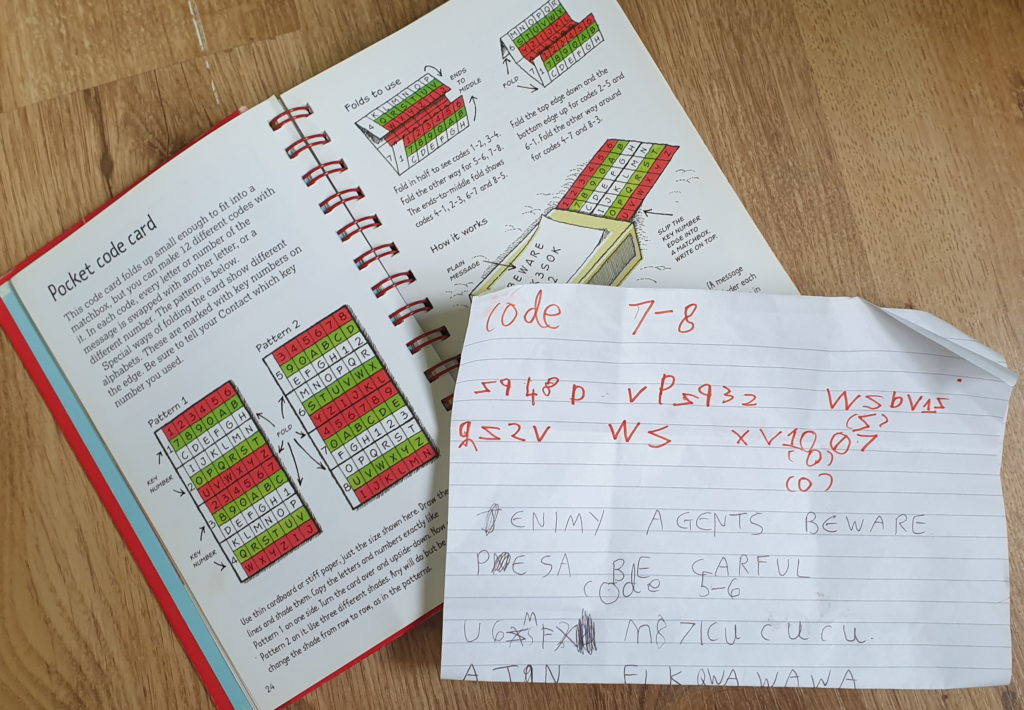
Later, as we used the experience to talk about some of the easier practical attacks against this simple substitution cipher (letter frequency analysis, and known-plaintext attacks… I haven’t gotten on to the issue of its miniscule keyspace yet!), she asked me to make a pocket version of the code card as described in the book.
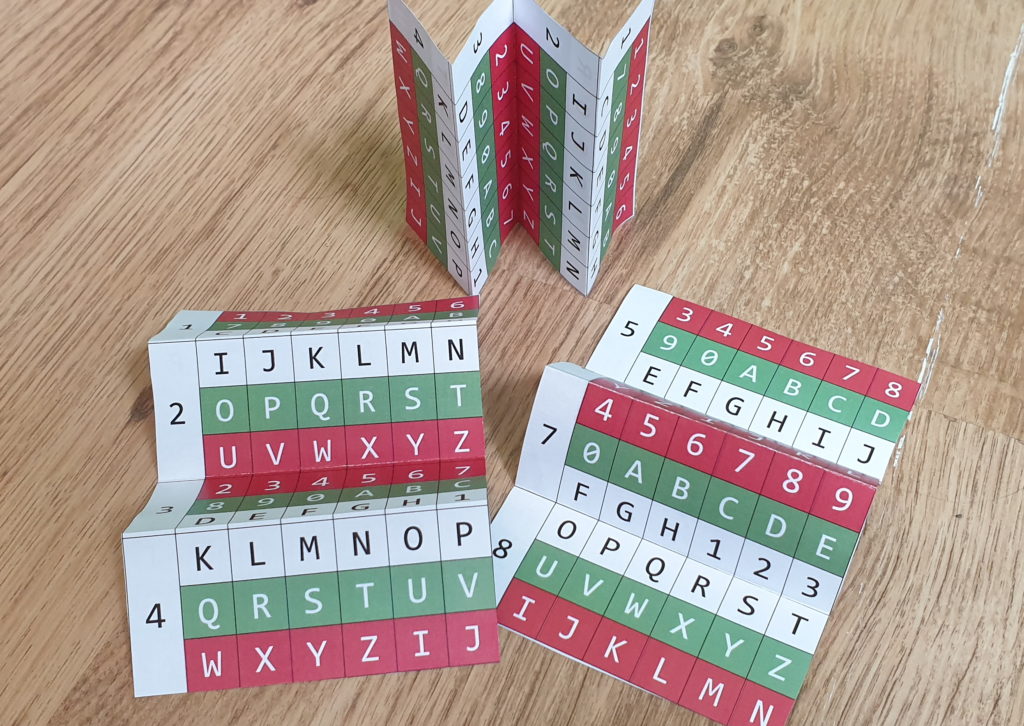
While I was eating leftover curry for lunch with one hand and producing a nice printable, foldable pocket card for her (which you can download here if you like) with the other, I realised something. There are likely to be a lot more messages in my future that are protected by this substitution cipher, so I might as well preempt them by implementing a computerised encoder/decoder right away.
So naturally, I did. It’s at danq.dev/spy-pocket-code and all the source code is available to do with as you please.
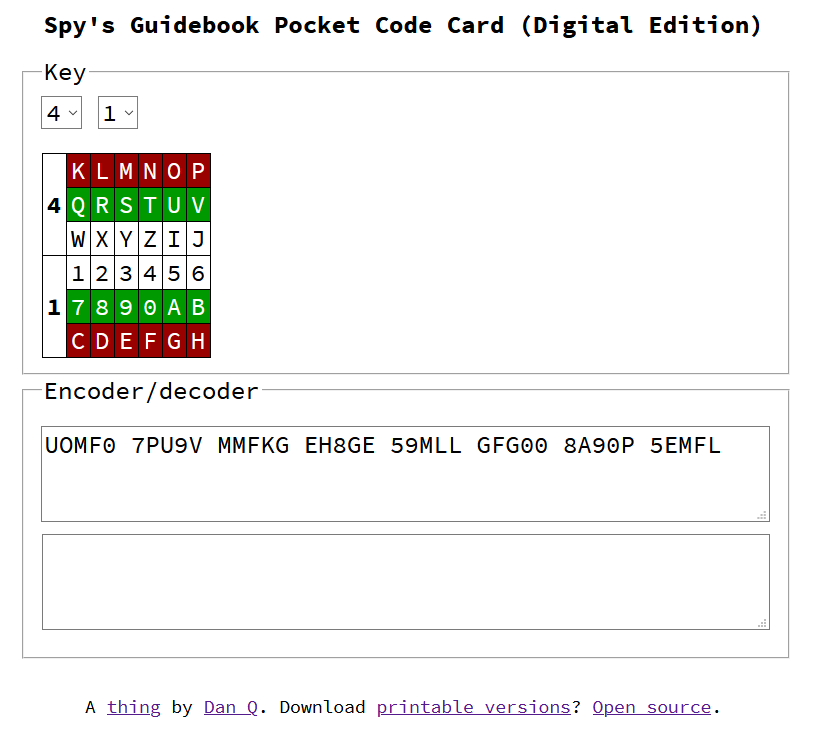
If you’ve got kids of the right kind of age, I highly recommend picking up a copy of the Spy’s Guidebook (and possibly the Detective’s Handbook). Either use it as a vehicle to talk about codes and maths, like I have… or let them believe it’s secure while you know you can break it, like we did with Enigma machines after WWII. Either way, they eventually learn a valuable lesson about cryptography.
Twinebook – Printable Interactive Fiction
Update: I’ve ceased hosting a public version of this project, but you can still check out the source code and run it for yourself.
Twine 2 is a popular tool for making hypertext interactive fiction, but there’s something about physical printed “choose your own adventure”-style gamebooks that isn’t quite replicated when you’re playing on the Web. Maybe it’s the experience of keeping your finger in a page break to facilitate a “save point” for when you inevitably have to backtrack and try again?
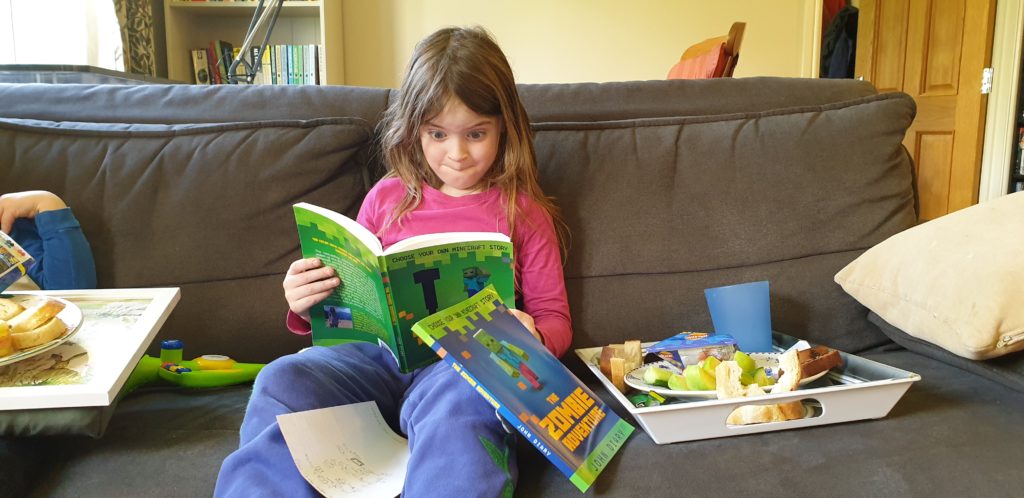
As a medium for interactive adventures, paper isn’t dead! Our 7-year-old is currently tackling the second part of a series of books by John Diary, the latest part of which was only published in December! But I worry that authors of printed interactive fiction might have a harder time than those producing hypertext versions. Keeping track of all of your cross-references and routes is harder than writing linear fiction, and in the hypertext
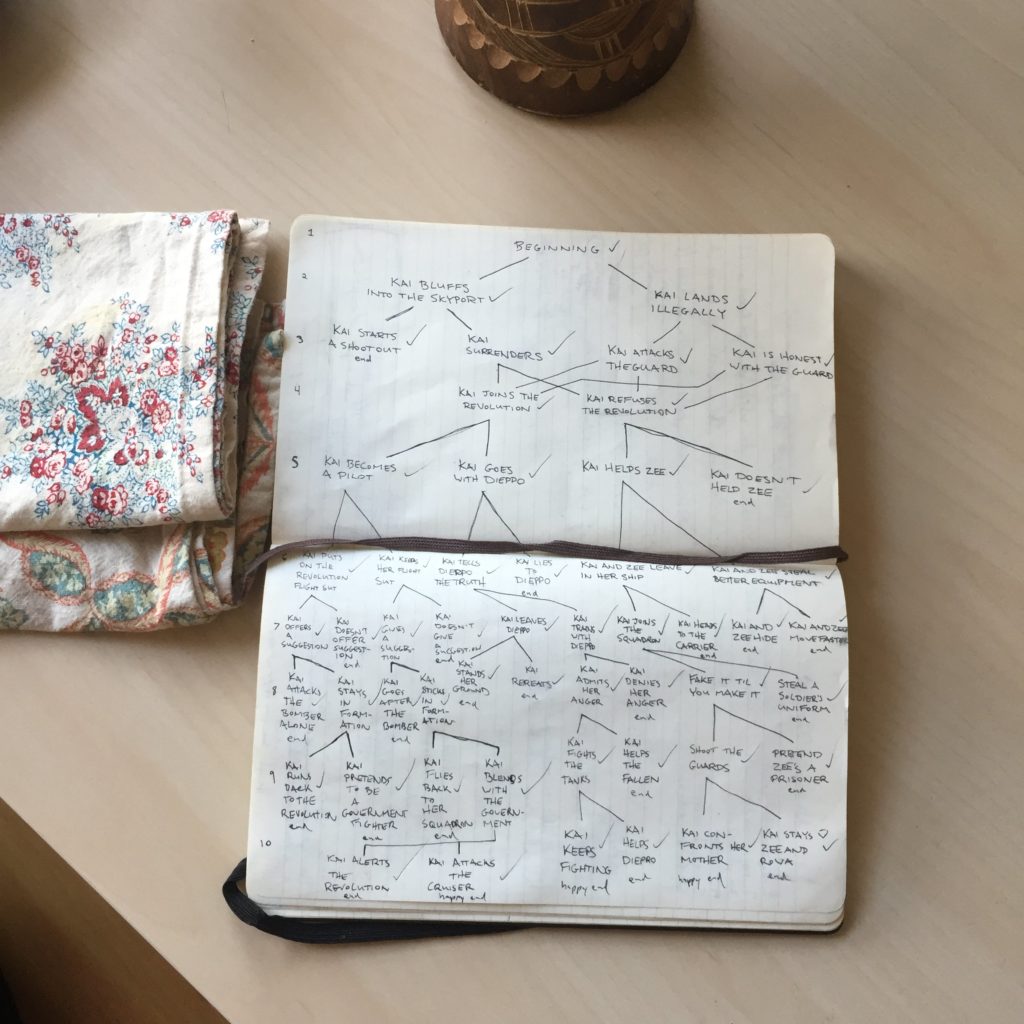
Twinebook
So I’ve thrown together Twinebook, an experimental/prototype tool which aims to bring the feature-rich toolset of Twine to authors of paper-based interactive fiction. Simply: you upload your compiled Twine HTML to Twinebook and it gives you a printable PDF file, replacing the hyperlinks with references in the style of “turn to 27” to instruct the player where to go next. By default, the passages are all scrambled to keep it interesting, but with the starting passage in position 1… but it’s possible to override this for specific passages to facilitate puzzles that require flipping to specific numbered passages.
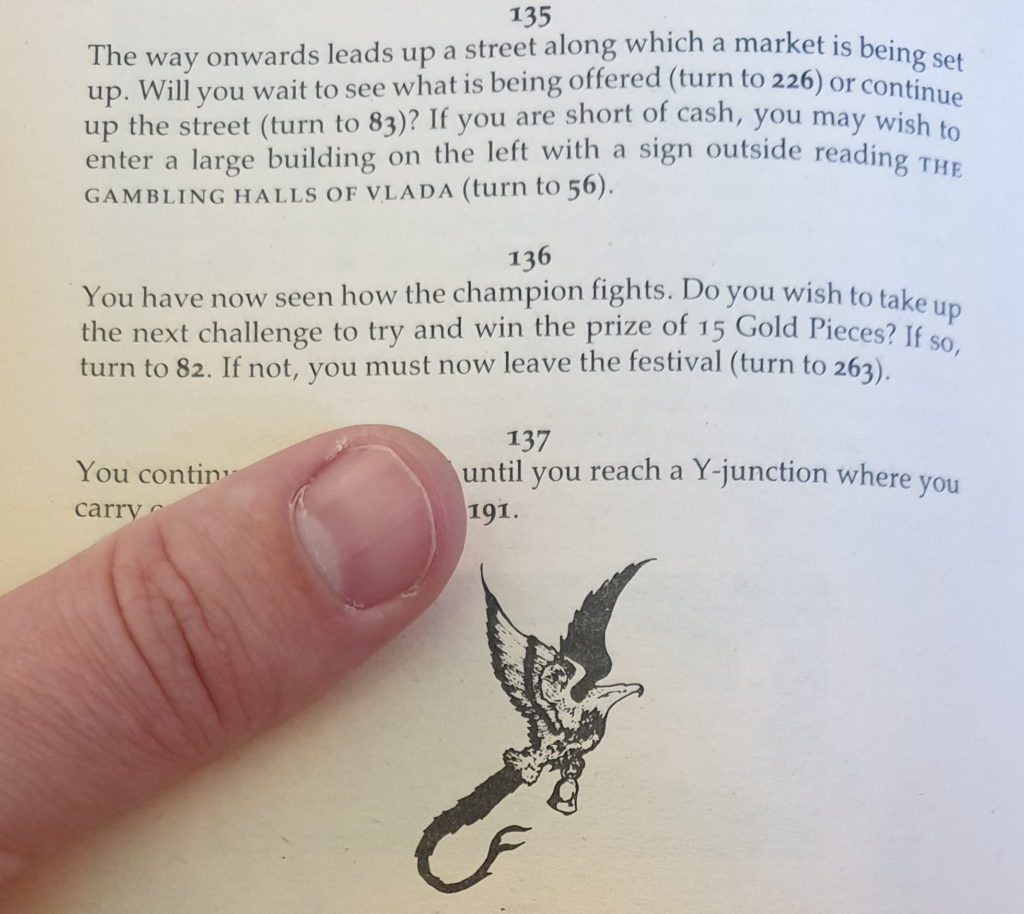
Obviously, it doesn’t work with any kind of “advanced” Twine game – anything that makes use of variables, Javascript, etc., for example! – unless you can think of a way to translate these into the written word… which is certainly possible – see Fighting Fantasy‘s skill, stamina, luck and dice-rolling mechanics, for example! – but whether it’s desirable is up to individual authors.
If this tool is valuable to anybody, that’s great! Naturally I’ve open-sourced the whole thing so others can expand on it if they like. If you find it useful, let me know.
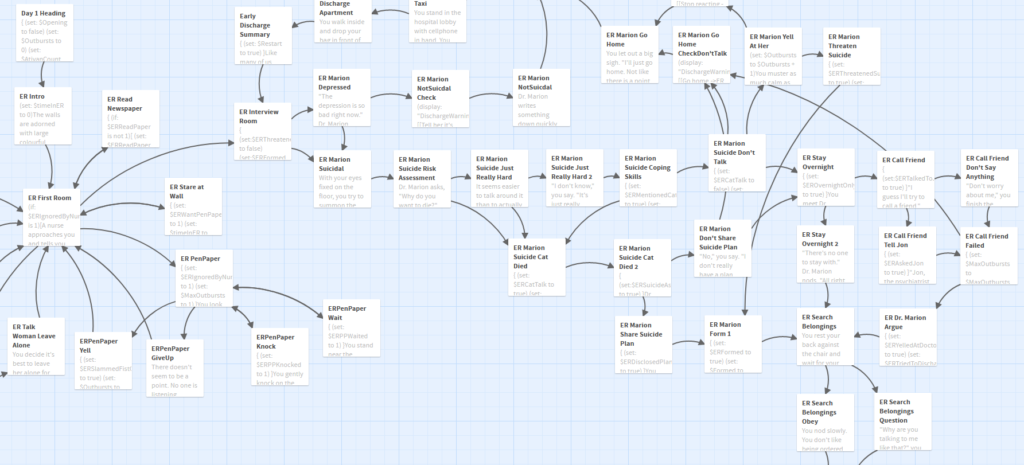
If you’re interested in the possibility of using Twine to streamline the production of printable interactive fiction, give my Twinebook prototype a try and let me know what you think.
Fox In Sox
This is a repost promoting content originally published elsewhere. See more things Dan's reposted.
This is the best rap music-related thing to happen to Dr. Seuss since Wubble Down, over 10 years ago. And understand that there have been a lot of strong candidates.
(I maintain that I’m not that “into” rap music. But somehow I keep proving myself wrong. Loving this song right now, for example.)
Ted Chiang Explains the Disaster Novel We All Suddenly Live In
This is a repost promoting content originally published elsewhere. See more things Dan's reposted.
…
While there has been plenty of fiction written about pandemics, I think the biggest difference between those scenarios and our reality is how poorly our government has handled it. If your goal is to dramatize the threat posed by an unknown virus, there’s no advantage in depicting the officials responding as incompetent, because that minimizes the threat; it leads the reader to conclude that the virus wouldn’t be dangerous if competent people were on the job. A pandemic story like that would be similar to what’s known as an “idiot plot,” a plot that would be resolved very quickly if your protagonist weren’t an idiot. What we’re living through is only partly a disaster novel; it’s also—and perhaps mostly—a grotesque political satire.
…
What will “normal” look like after the coronavirus crisis has passed? Will it be the same normal as we’re used to? Or could we actually learn some lessons from this and progress towards something better?
I love Ted Chiang’s writing; enough to reshare this interview even though I’m only lukewarm about it!
#FindTheBeeGent
This is a repost promoting content originally published elsewhere. See more things Dan's reposted.
